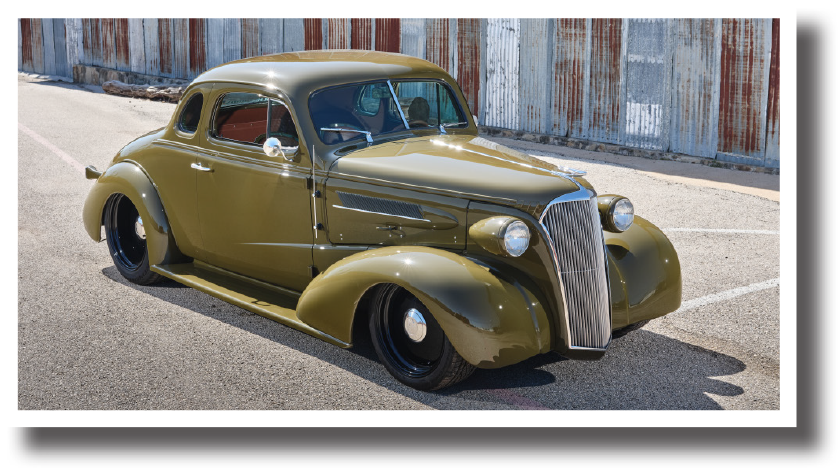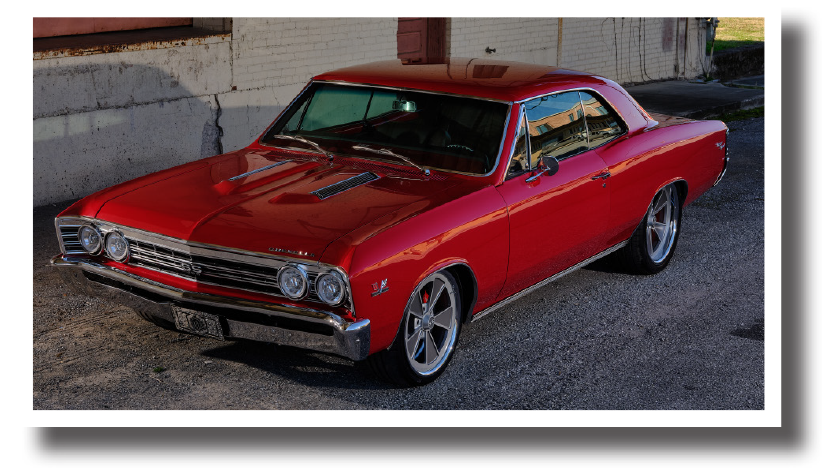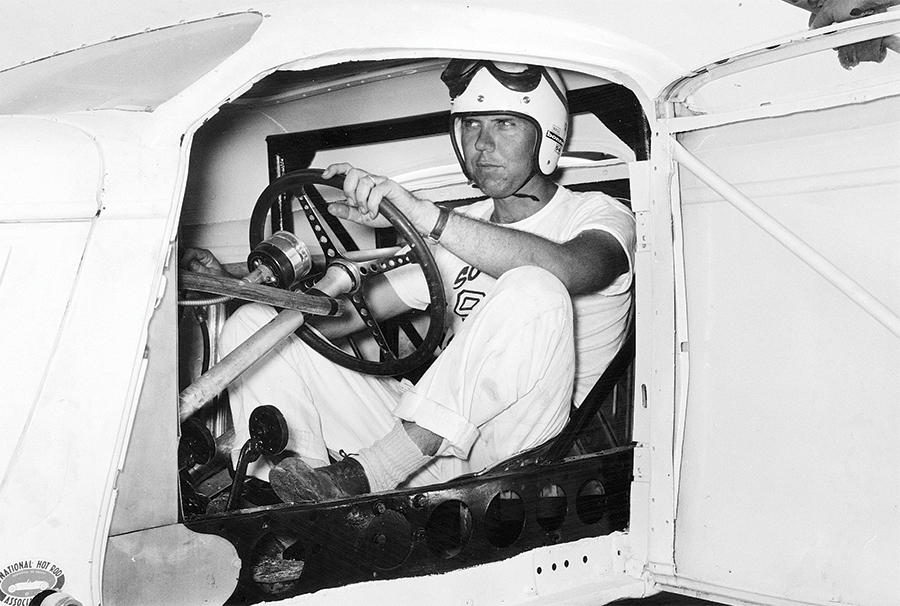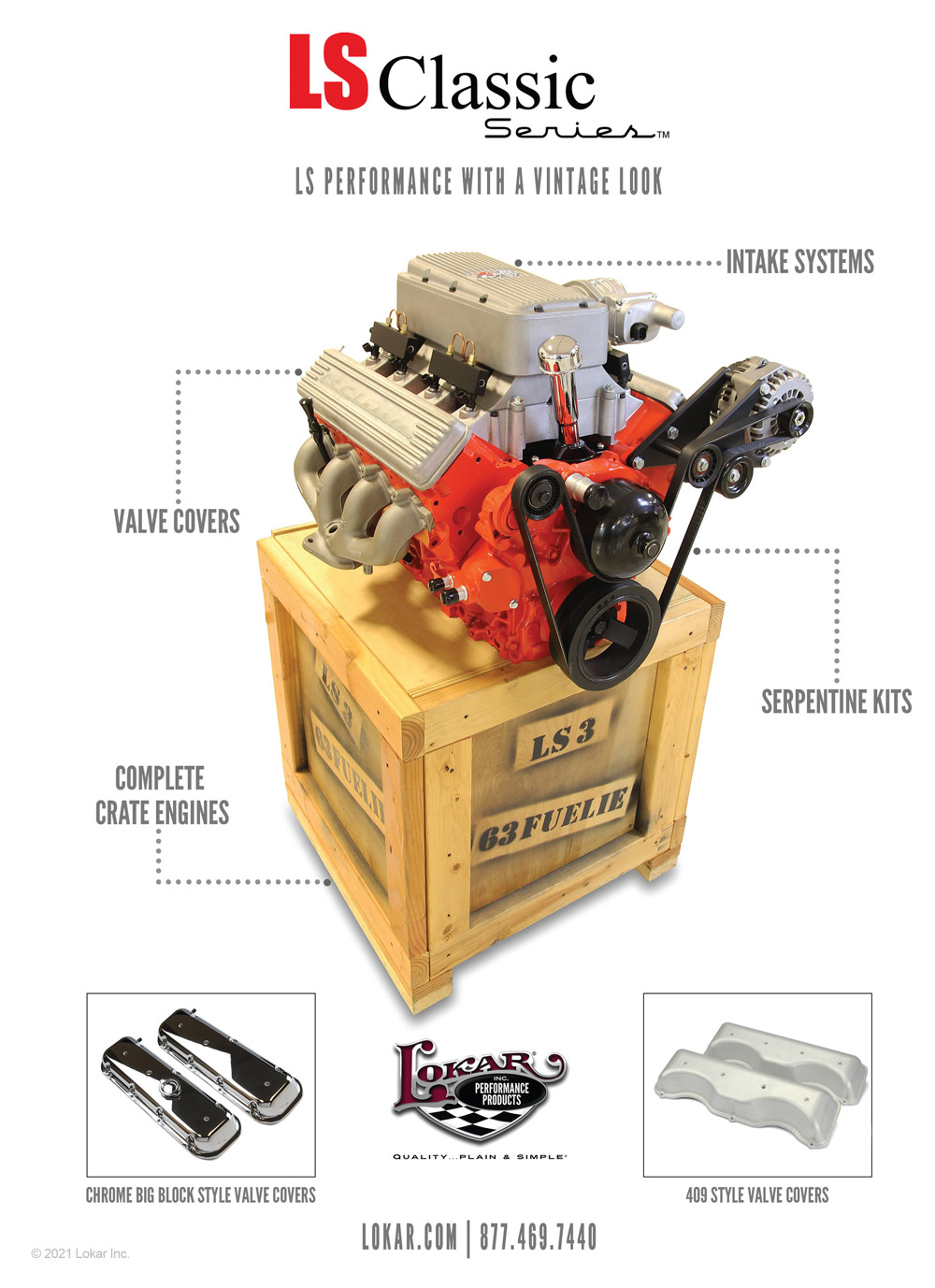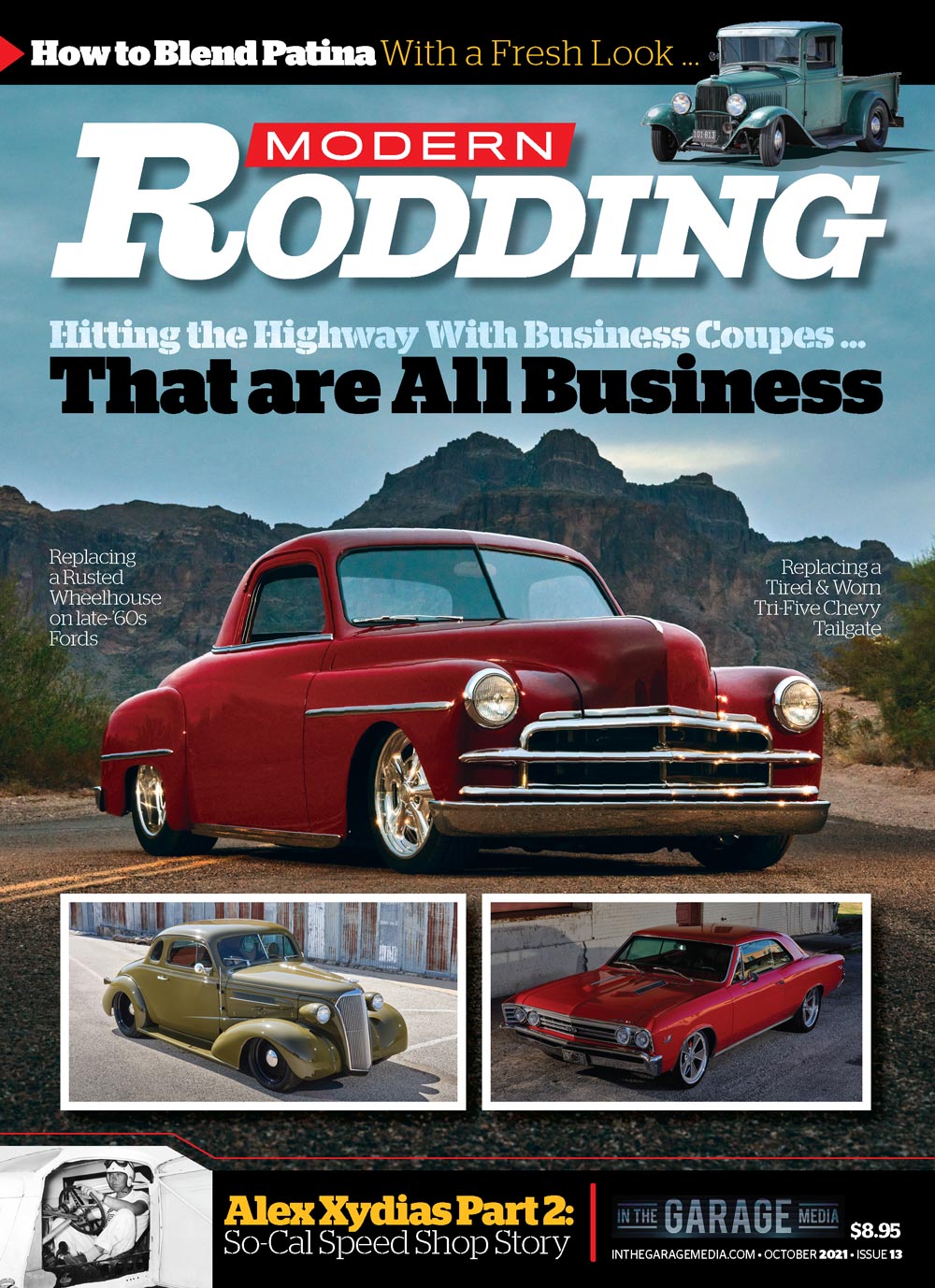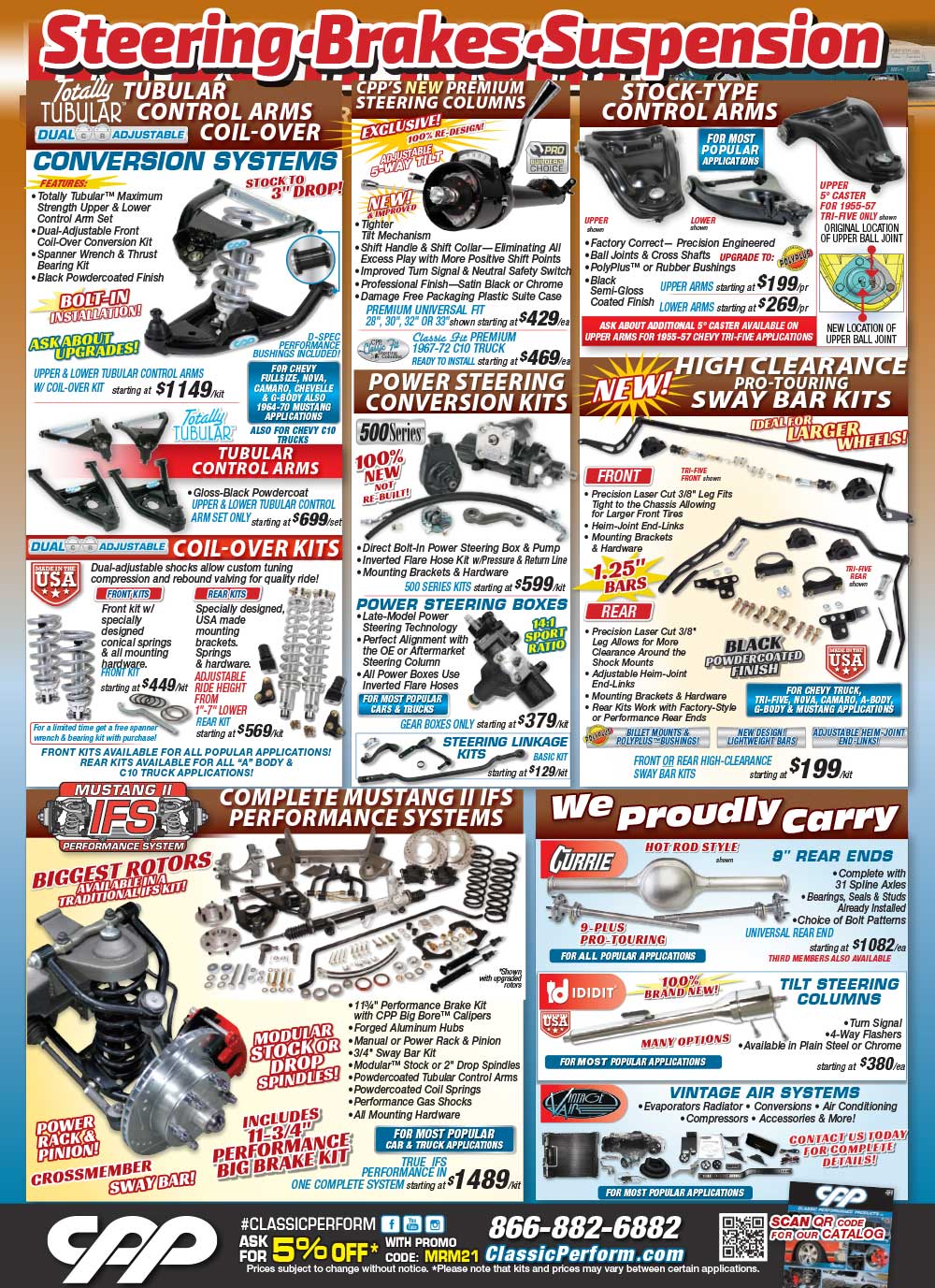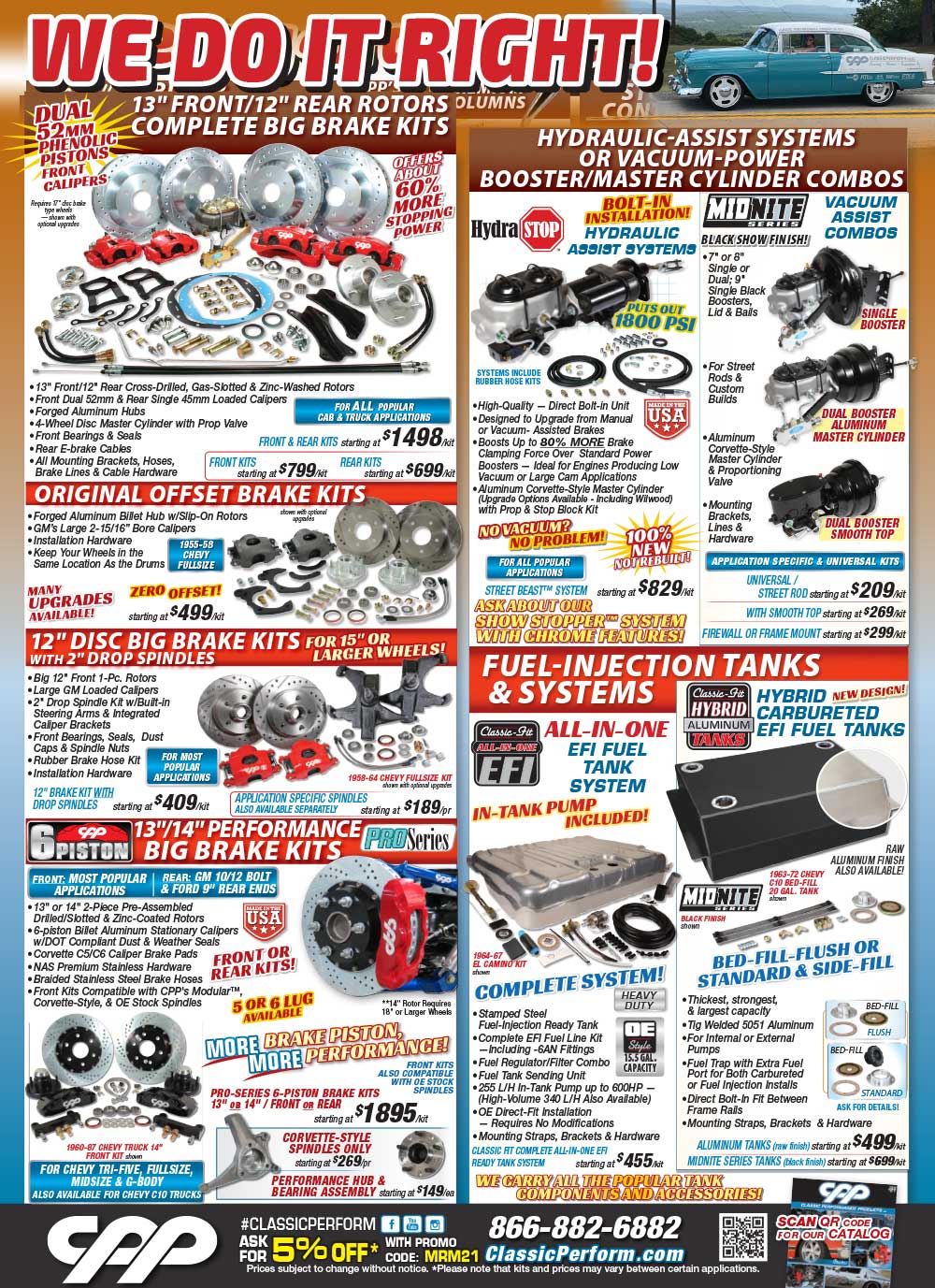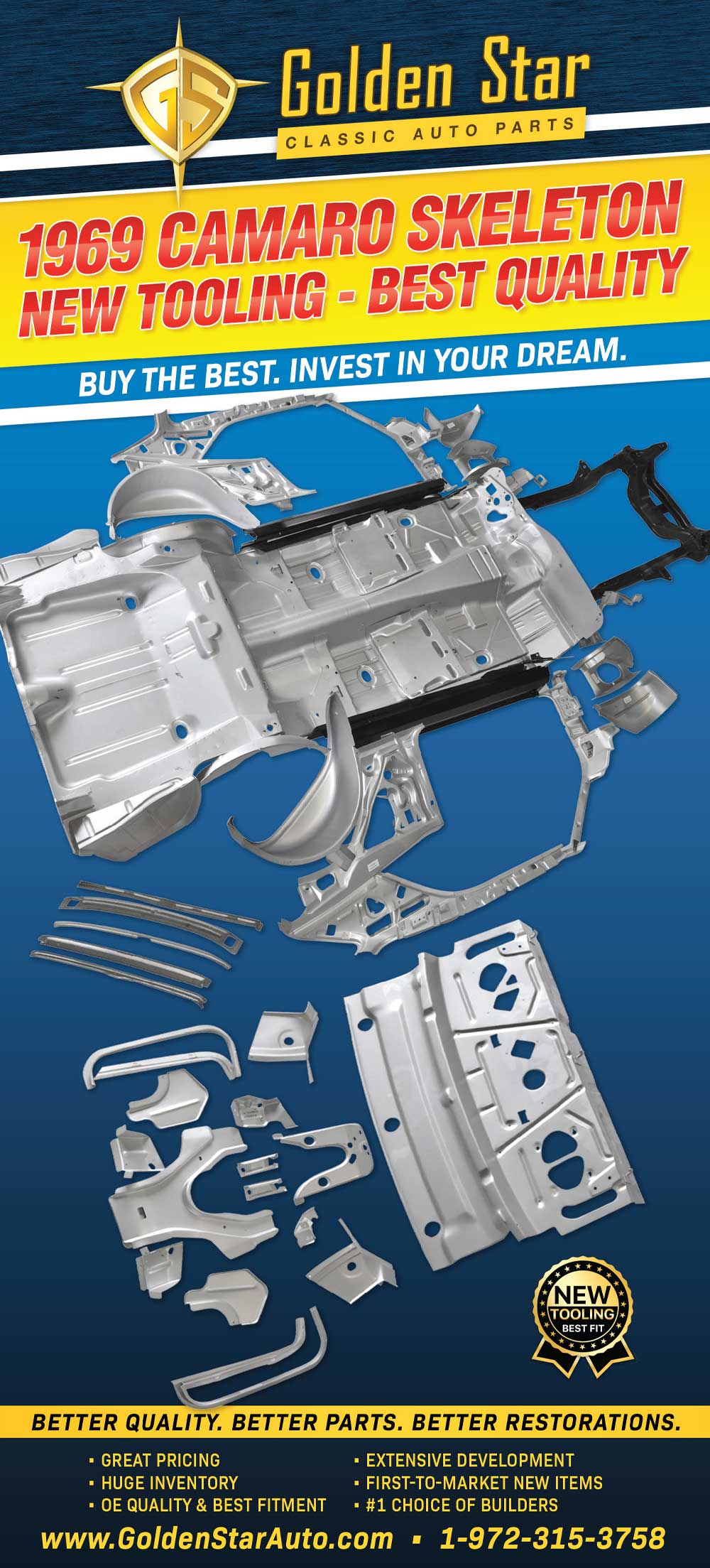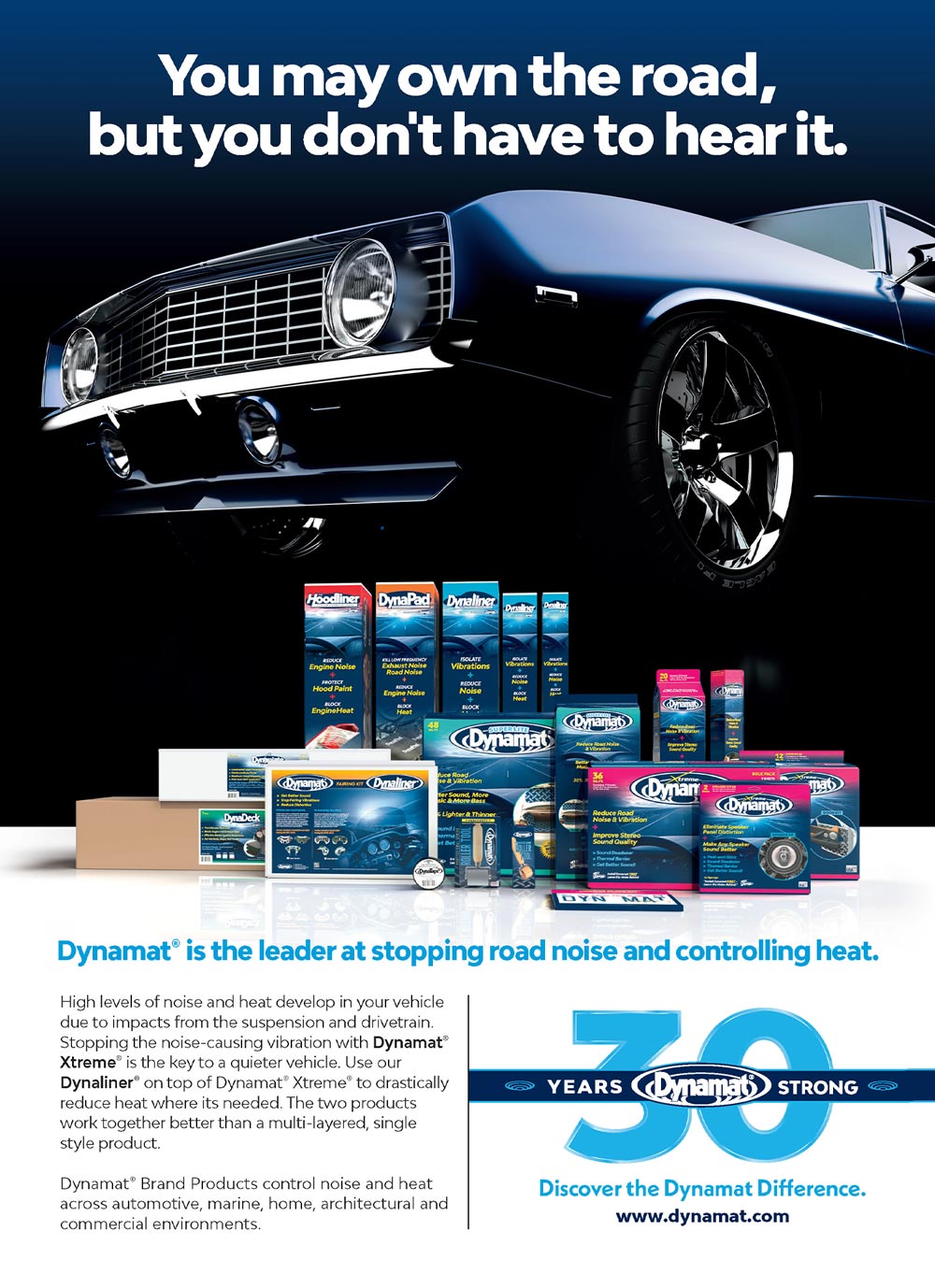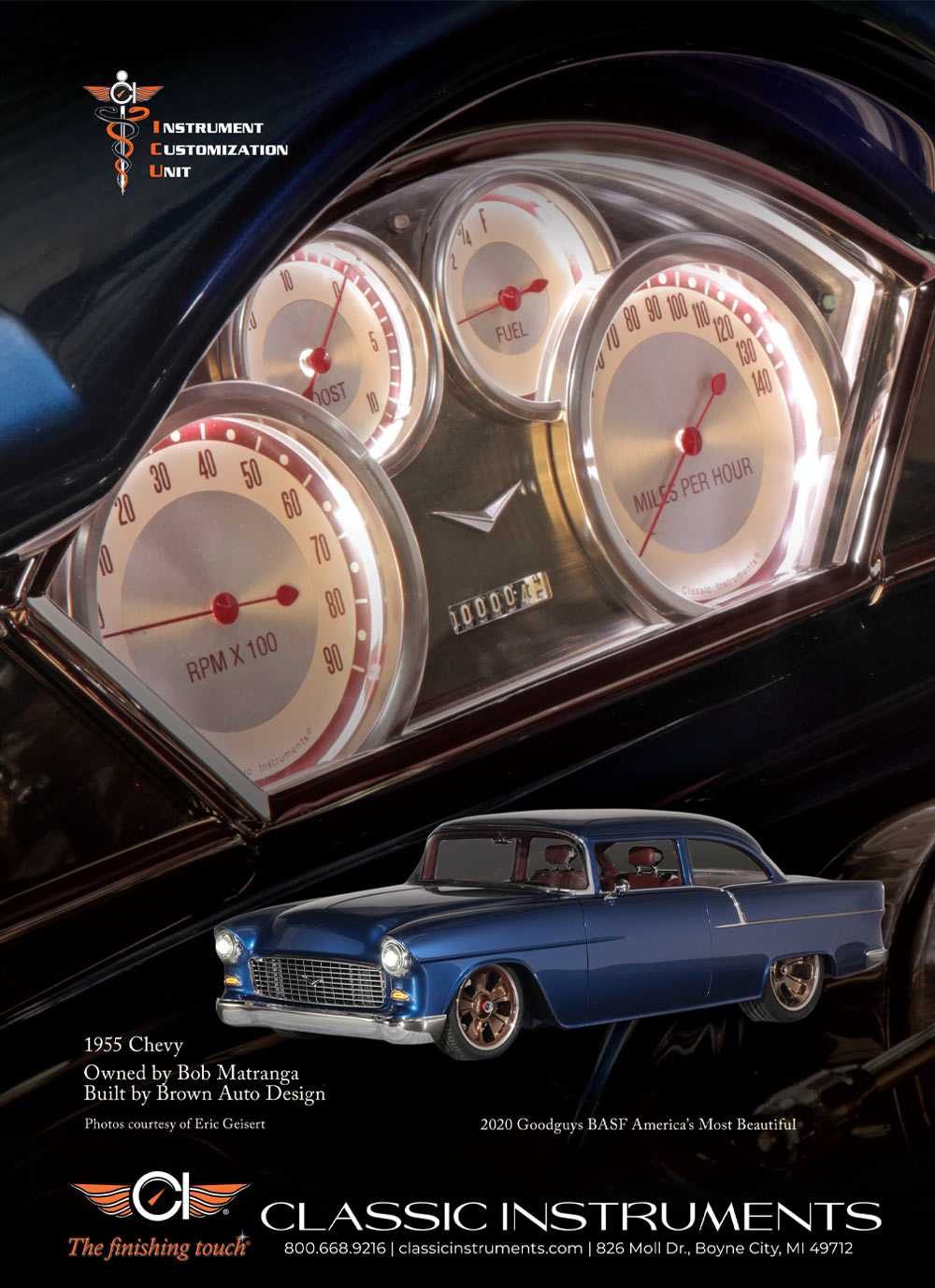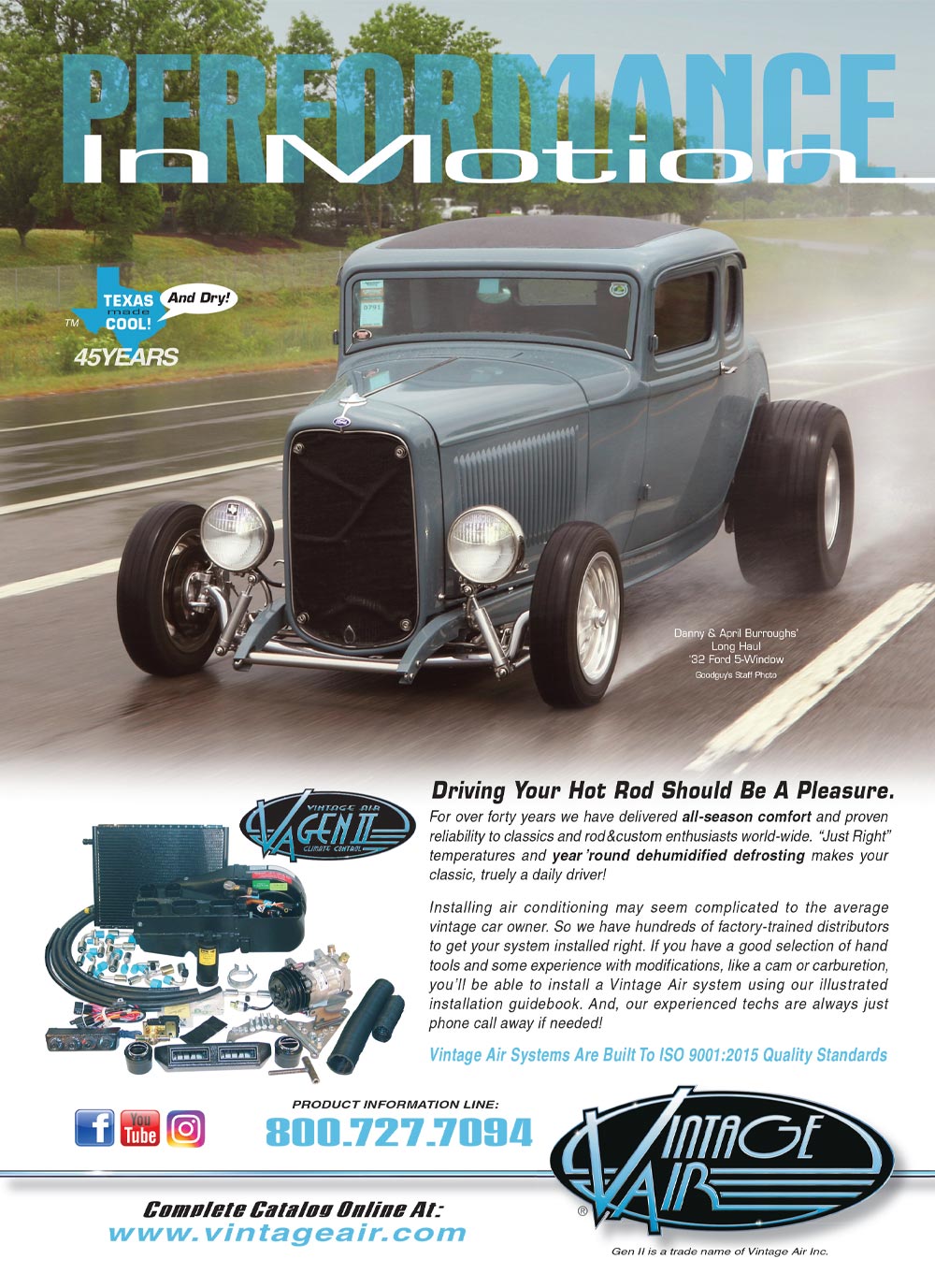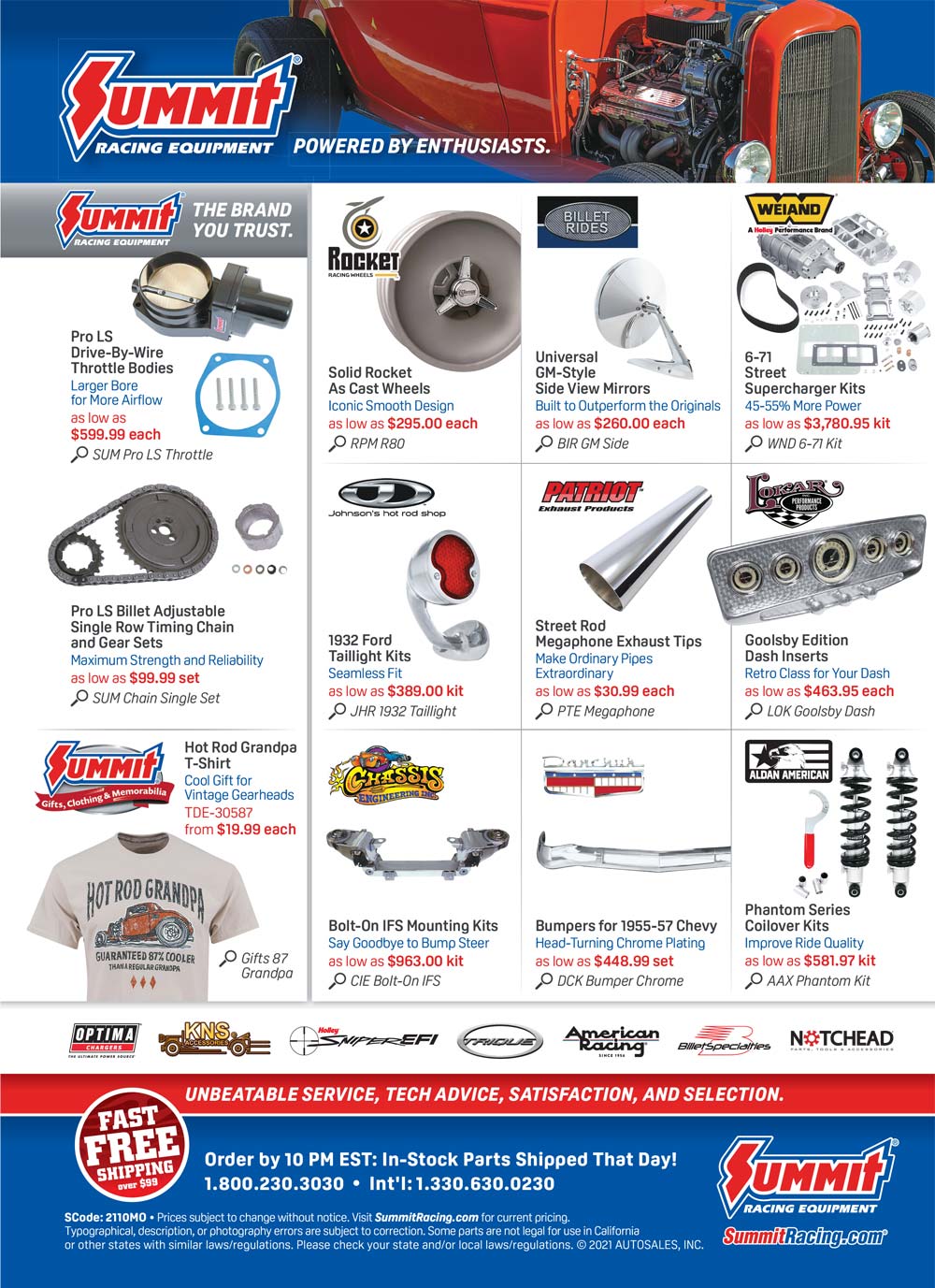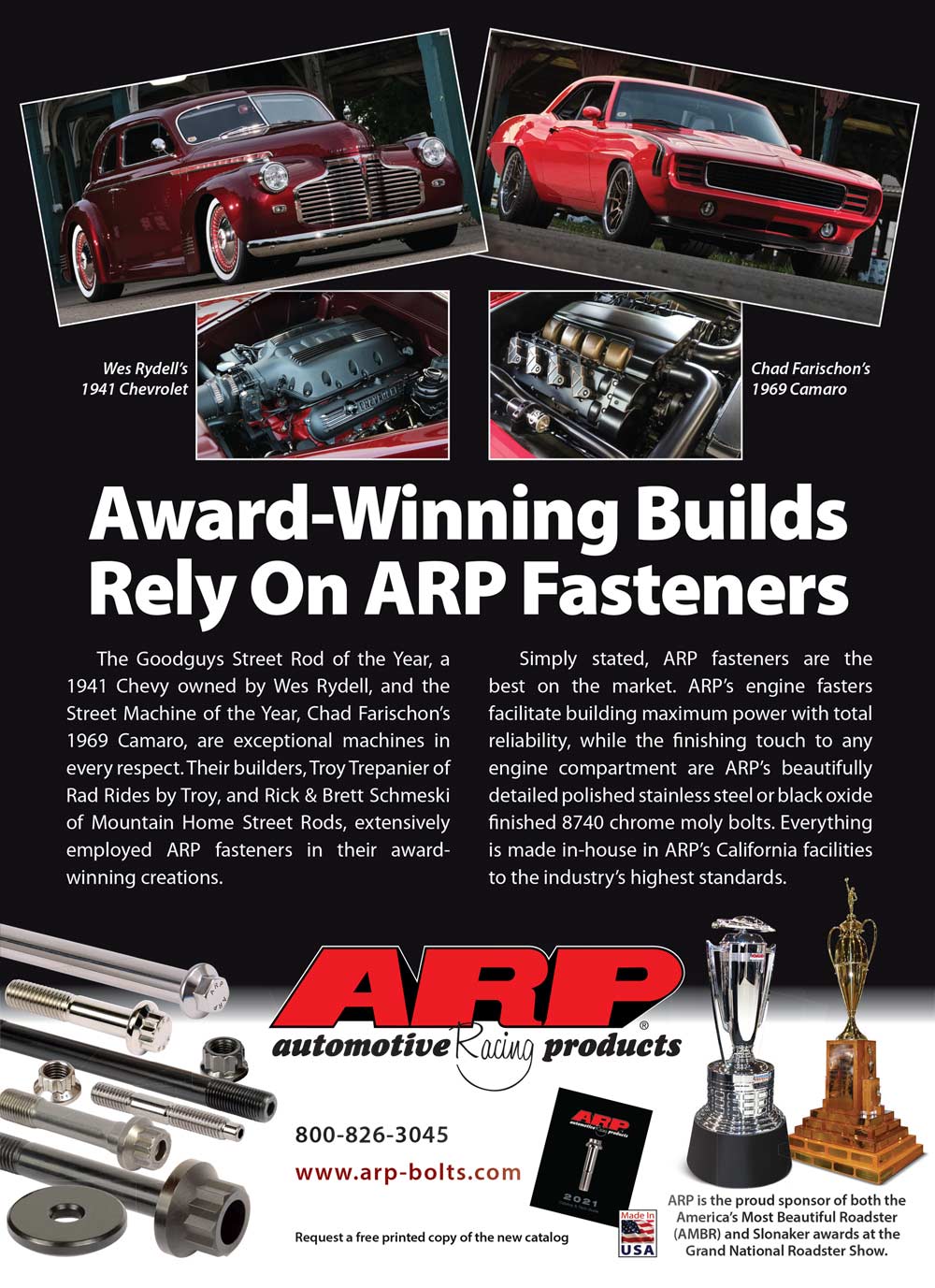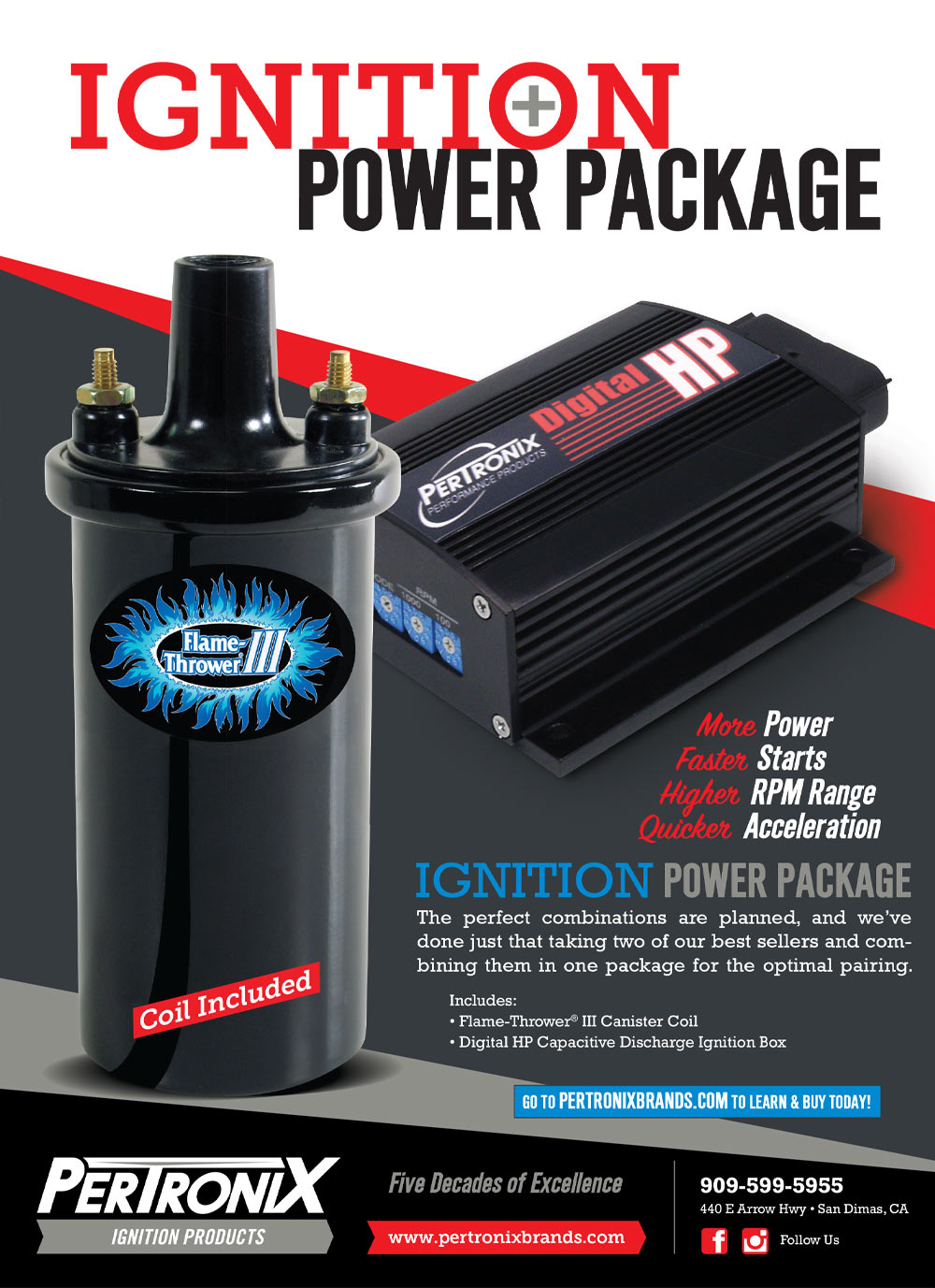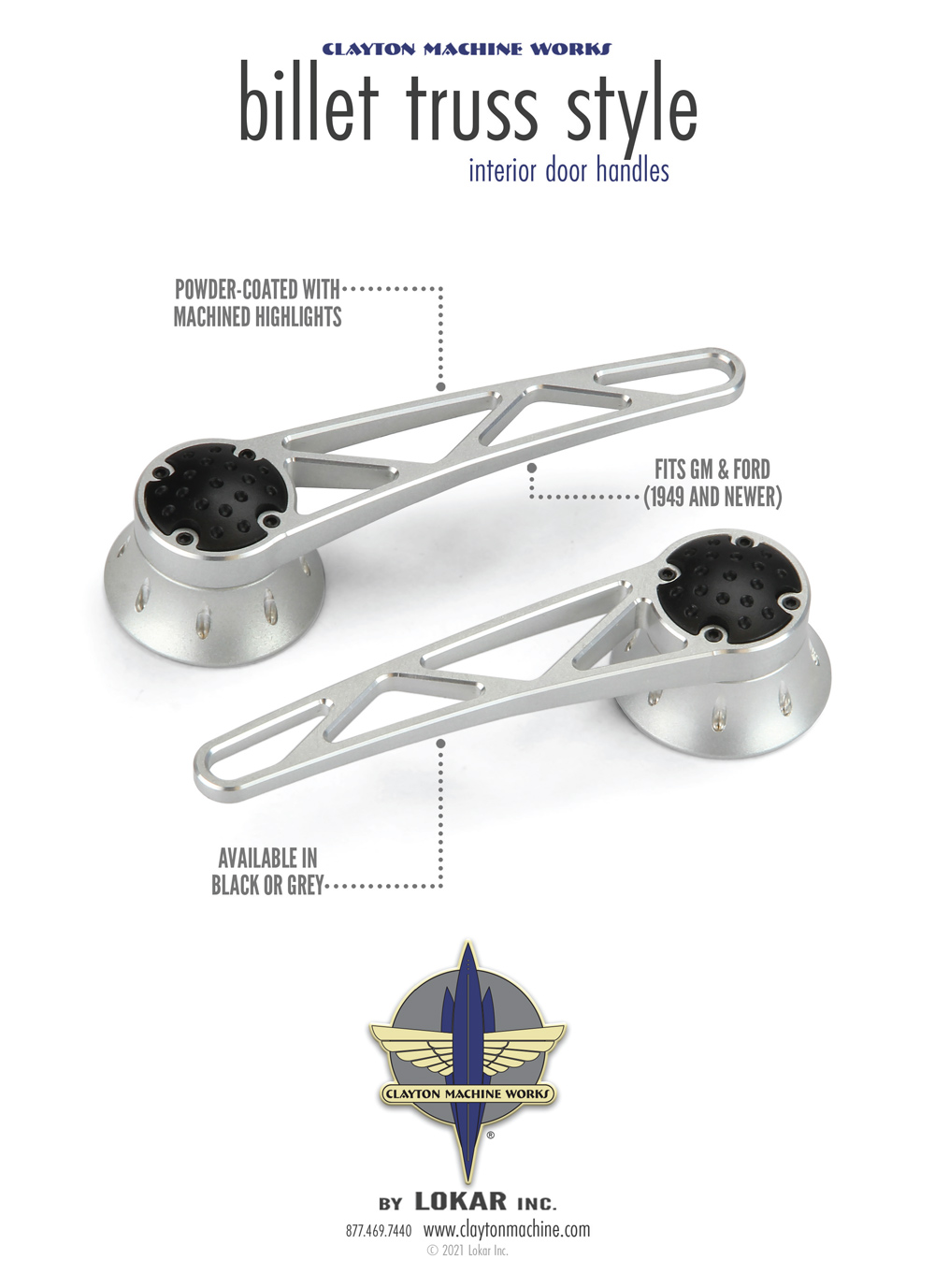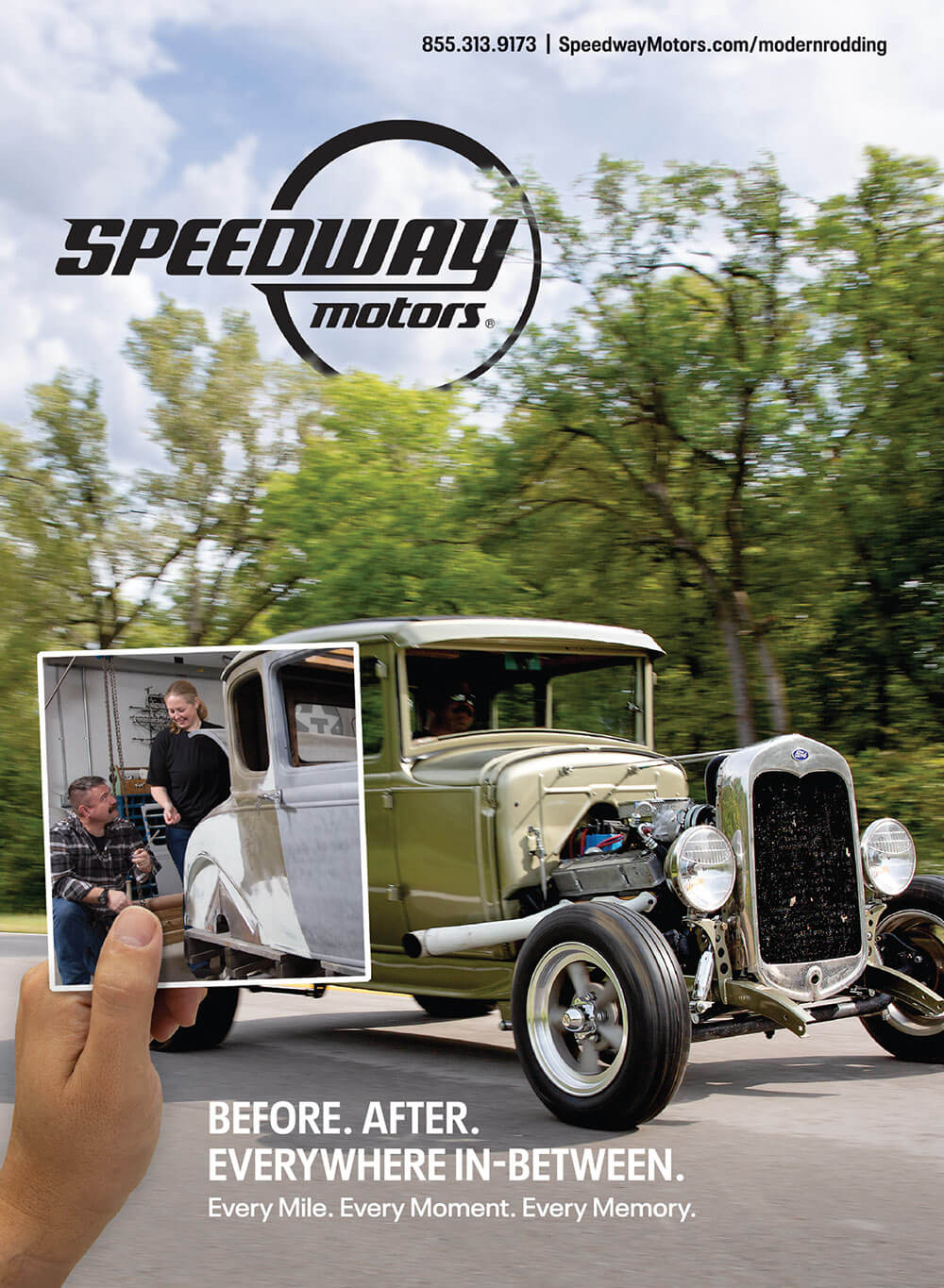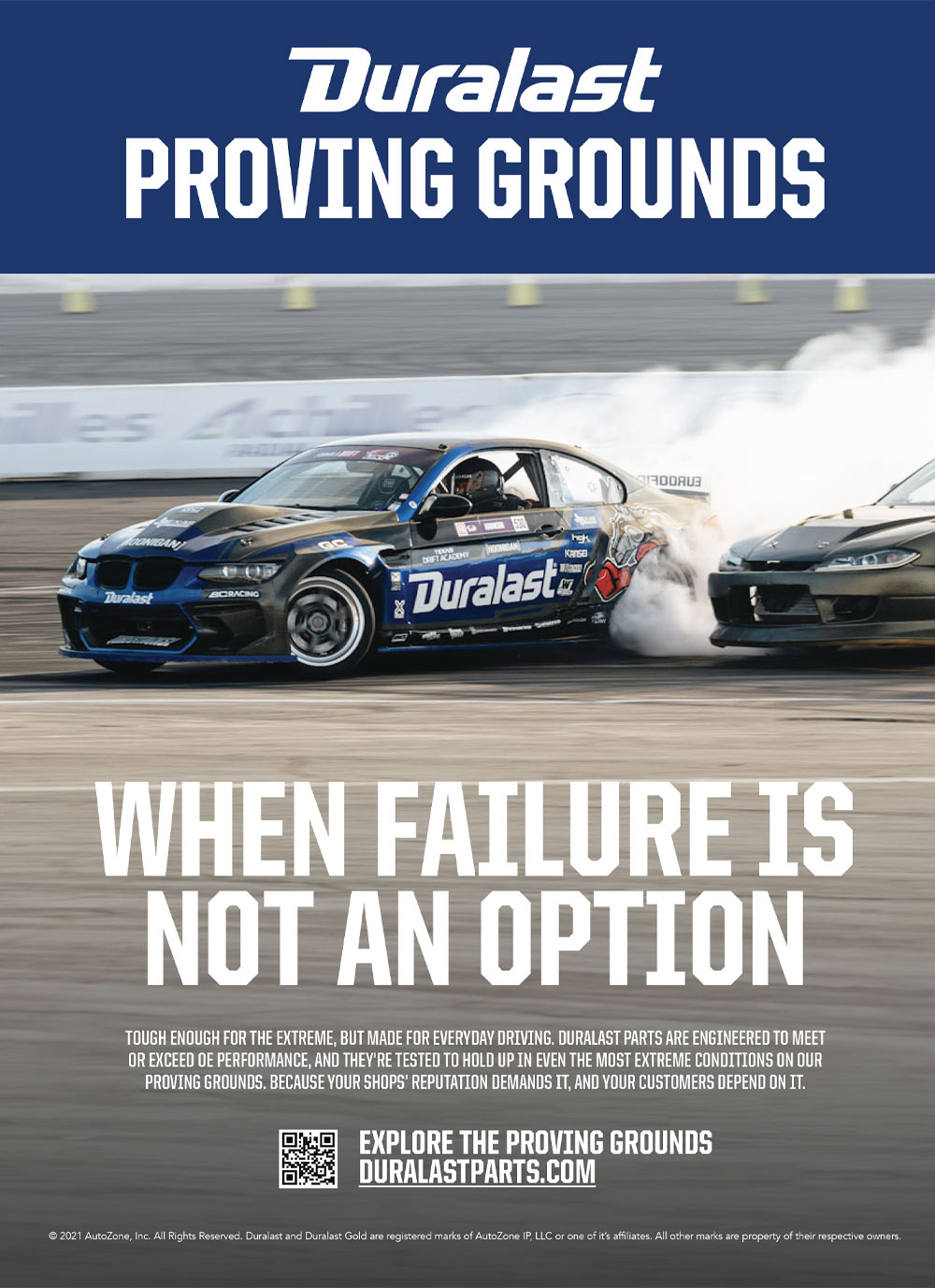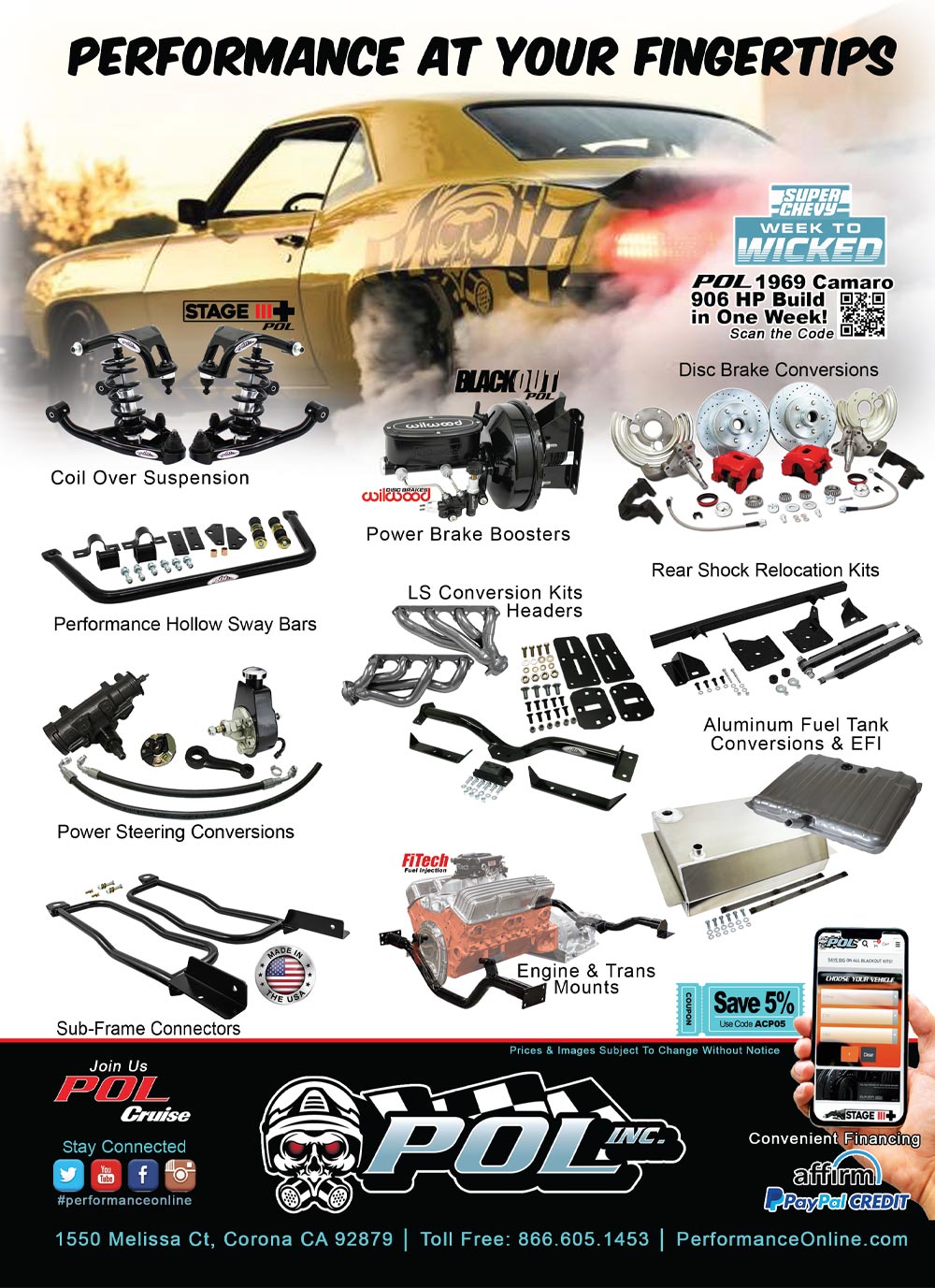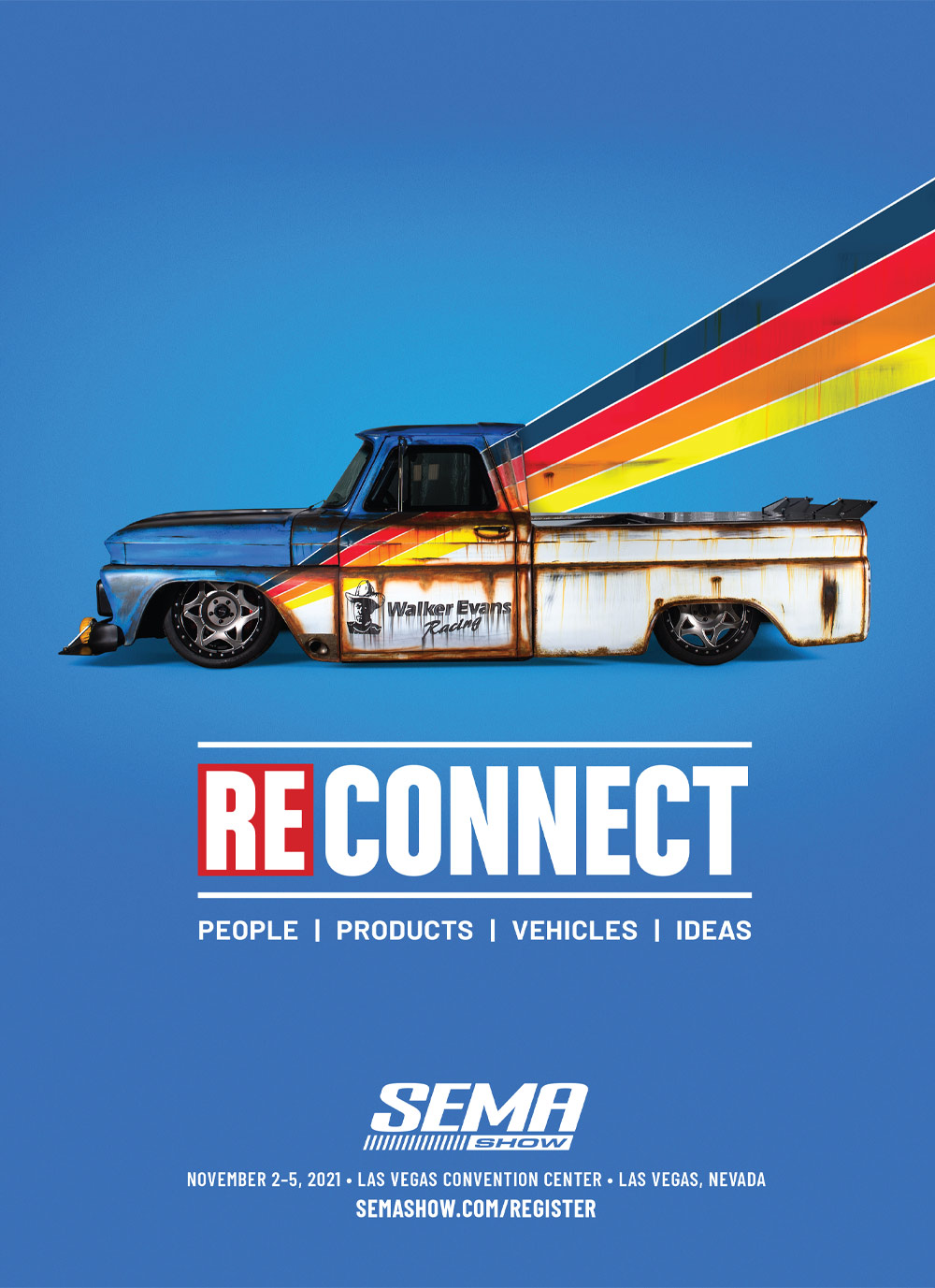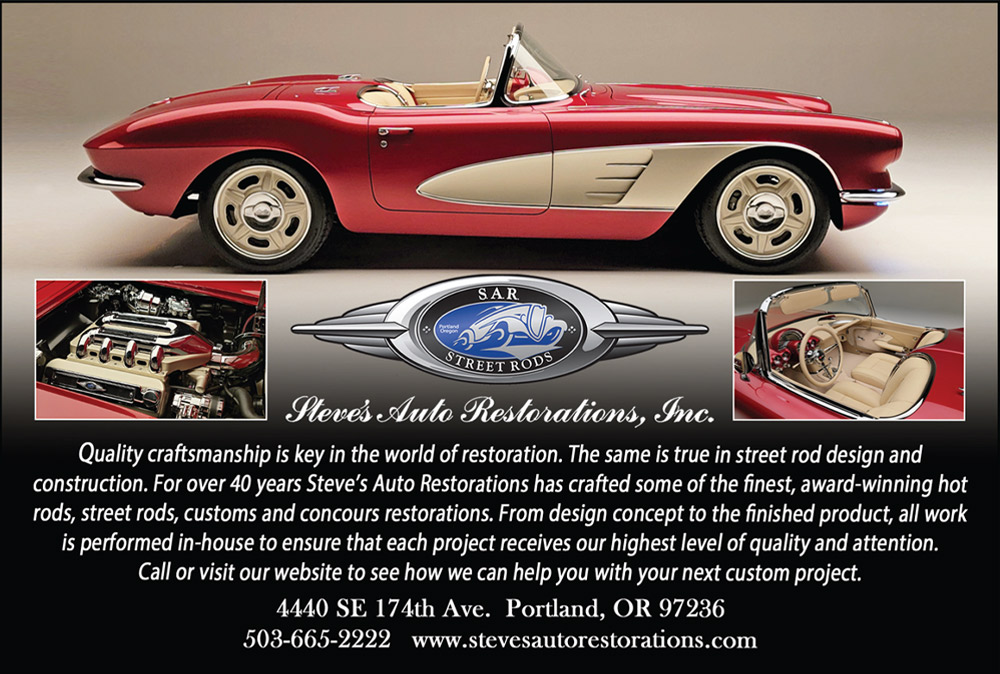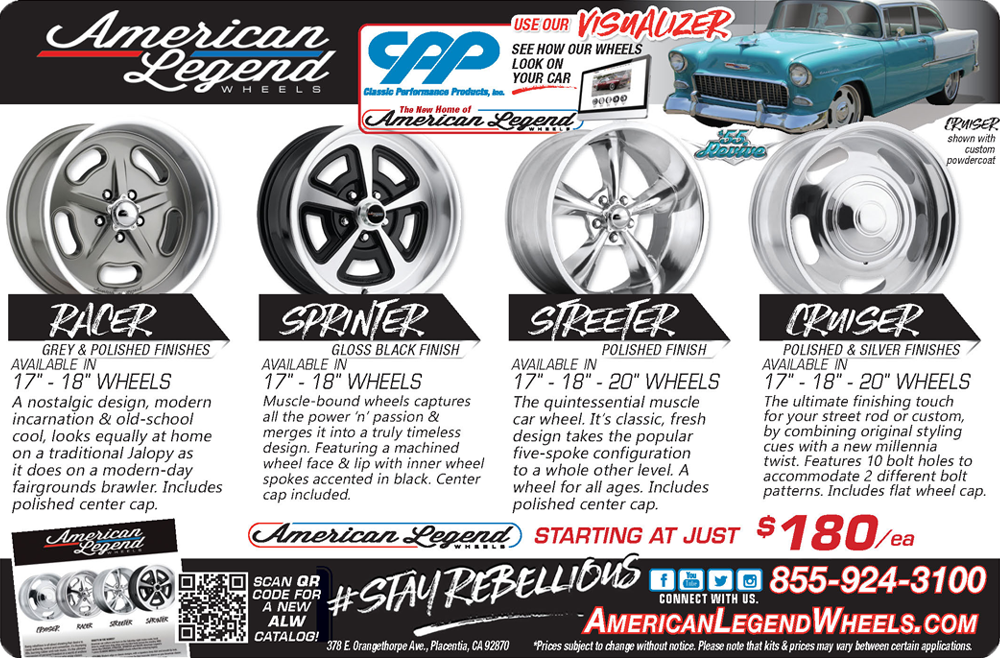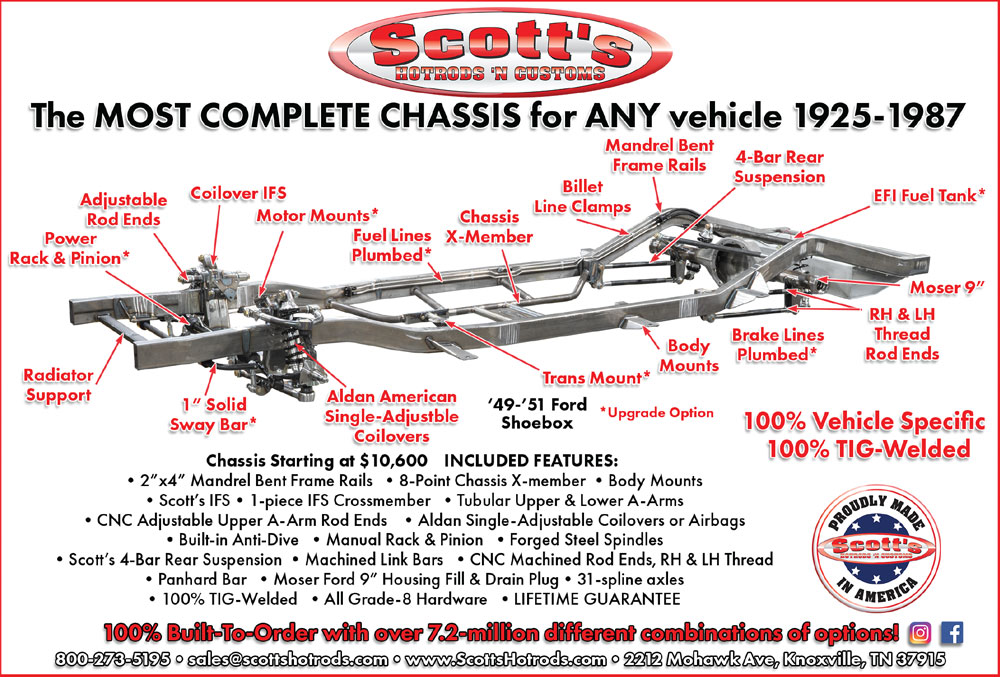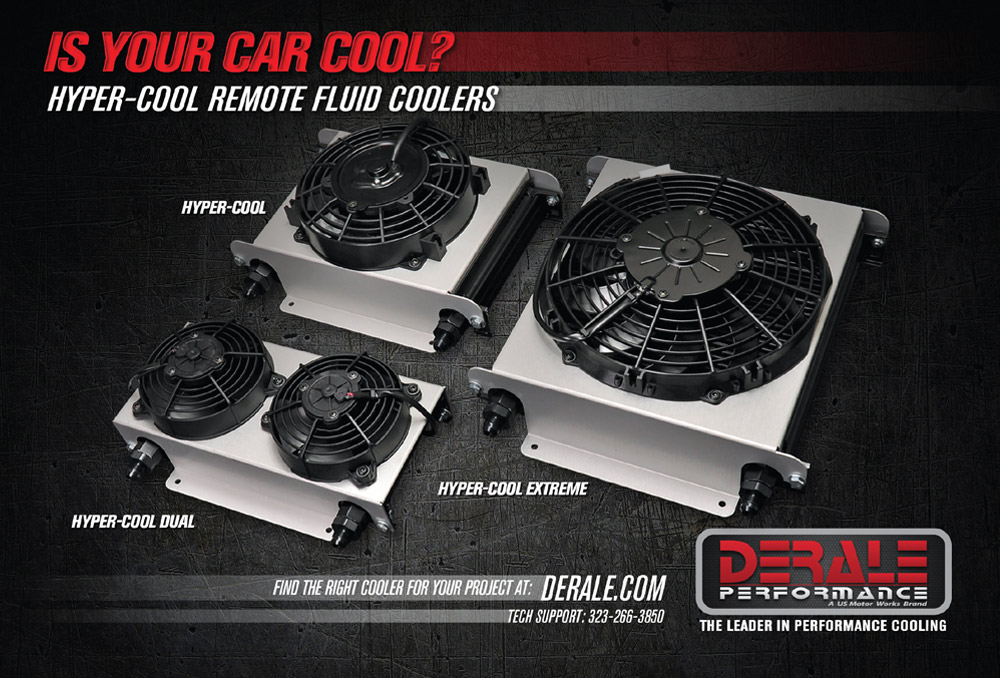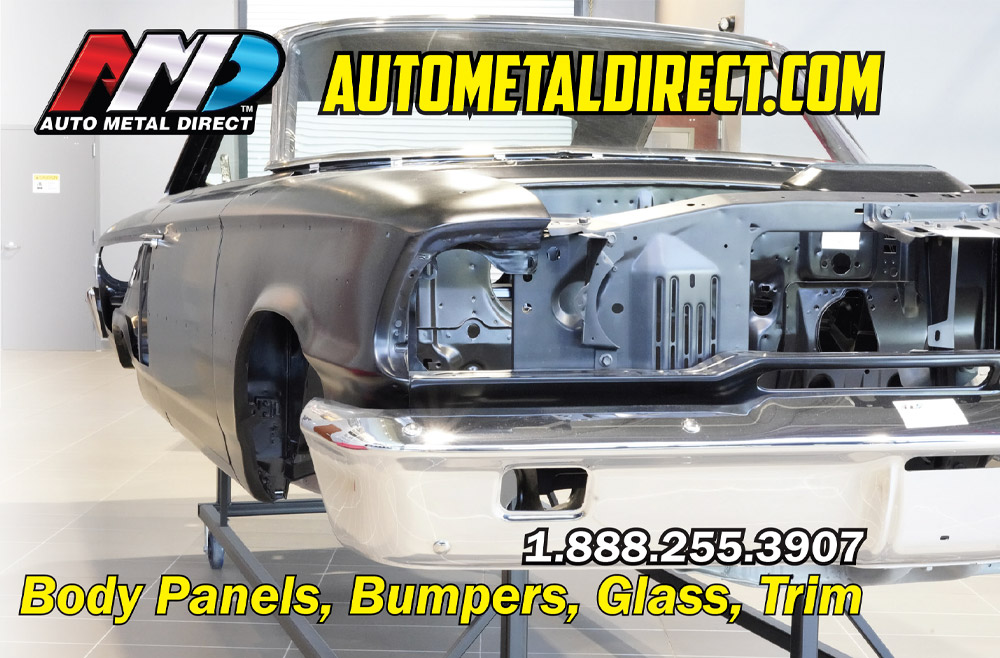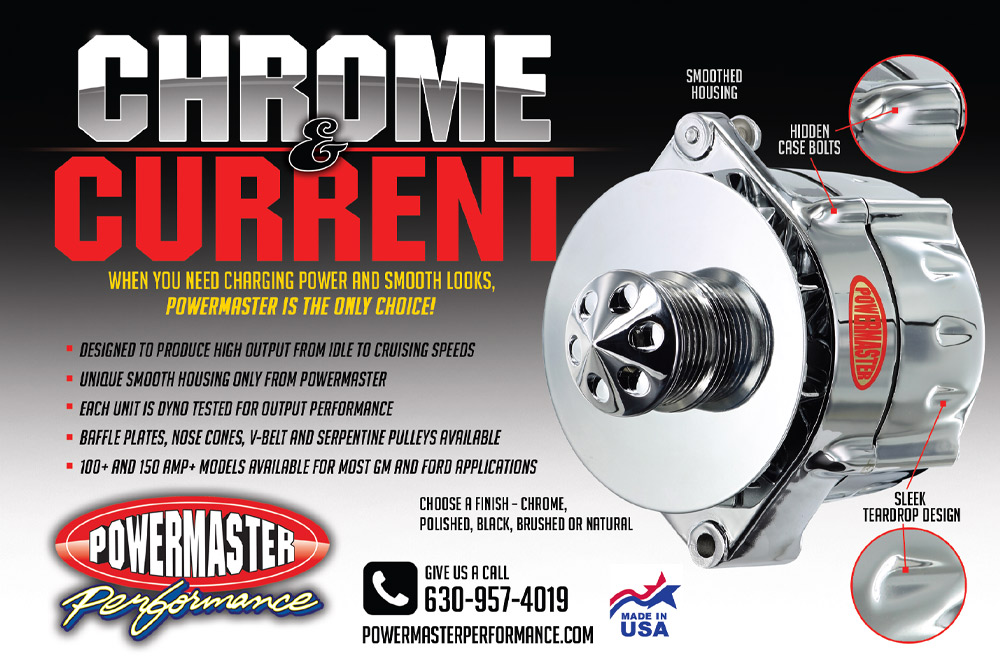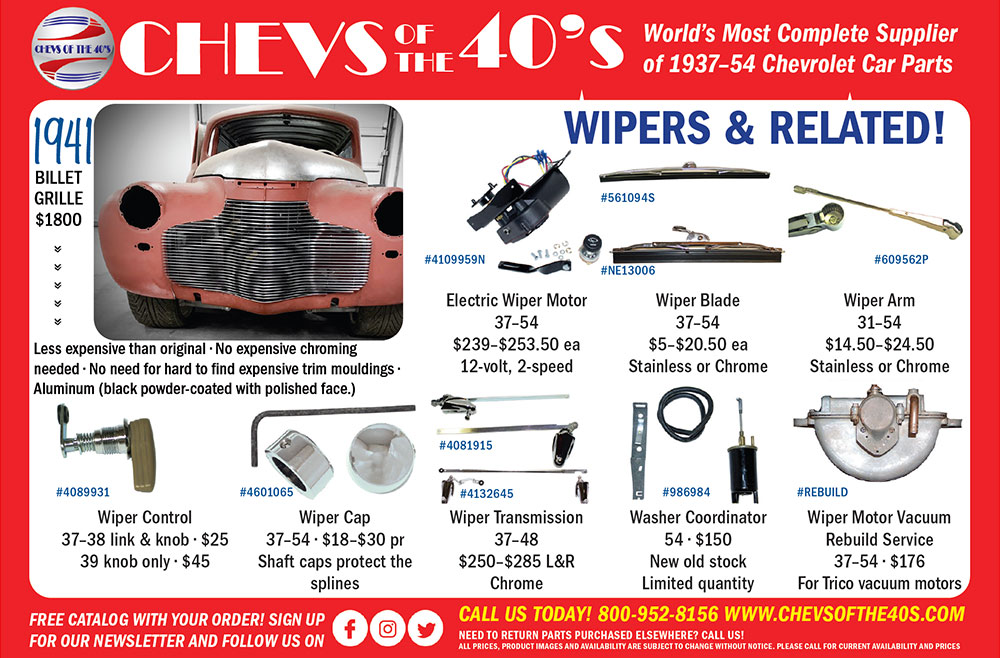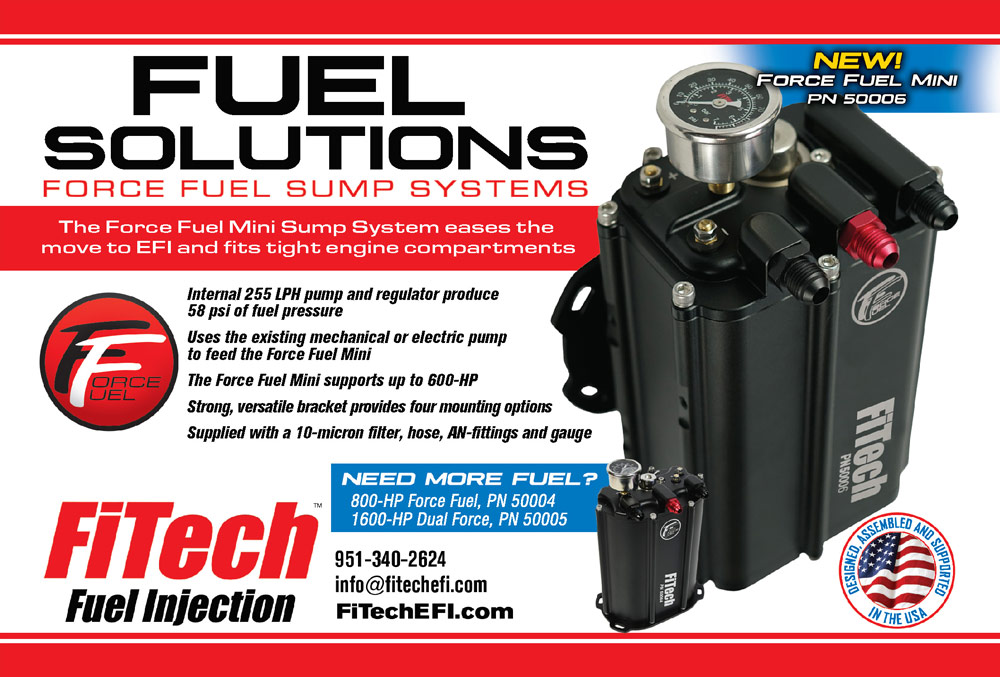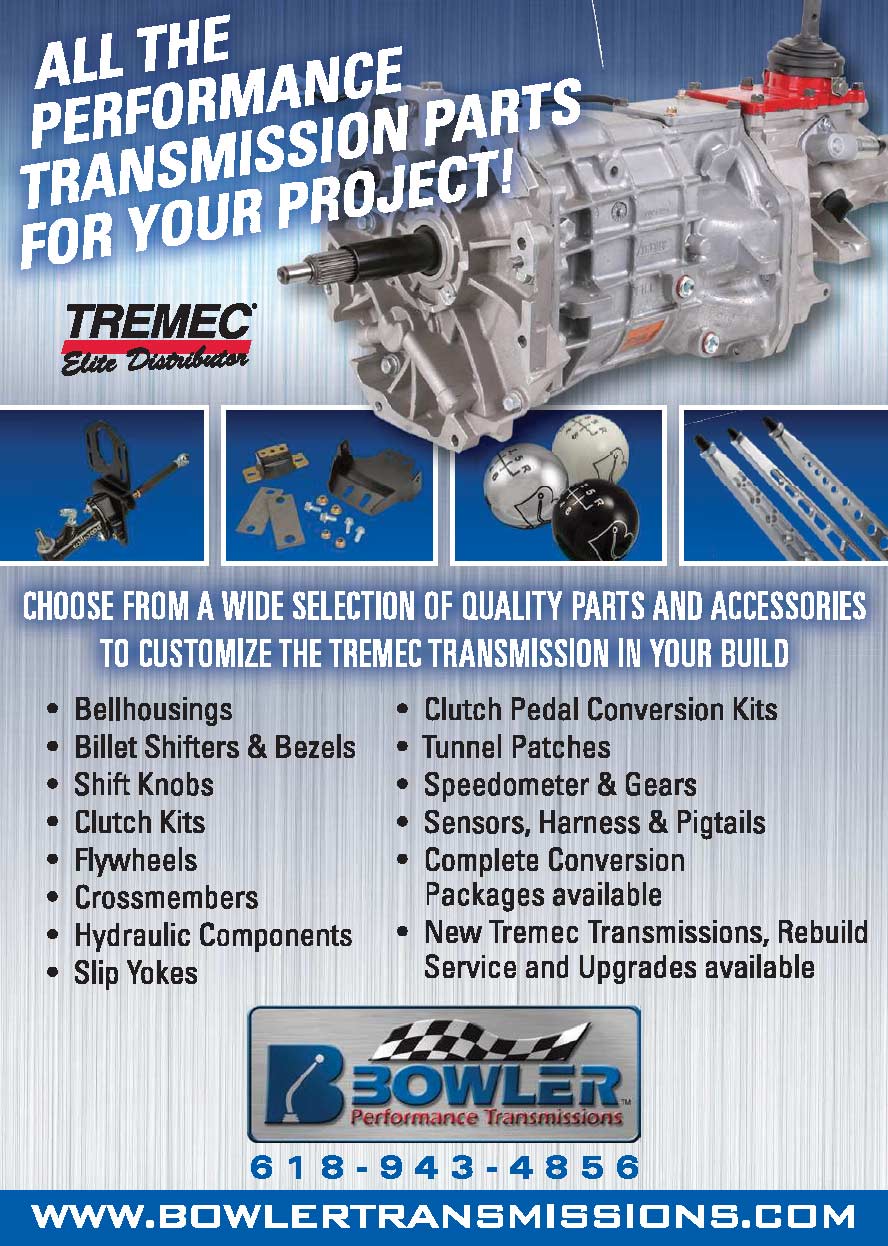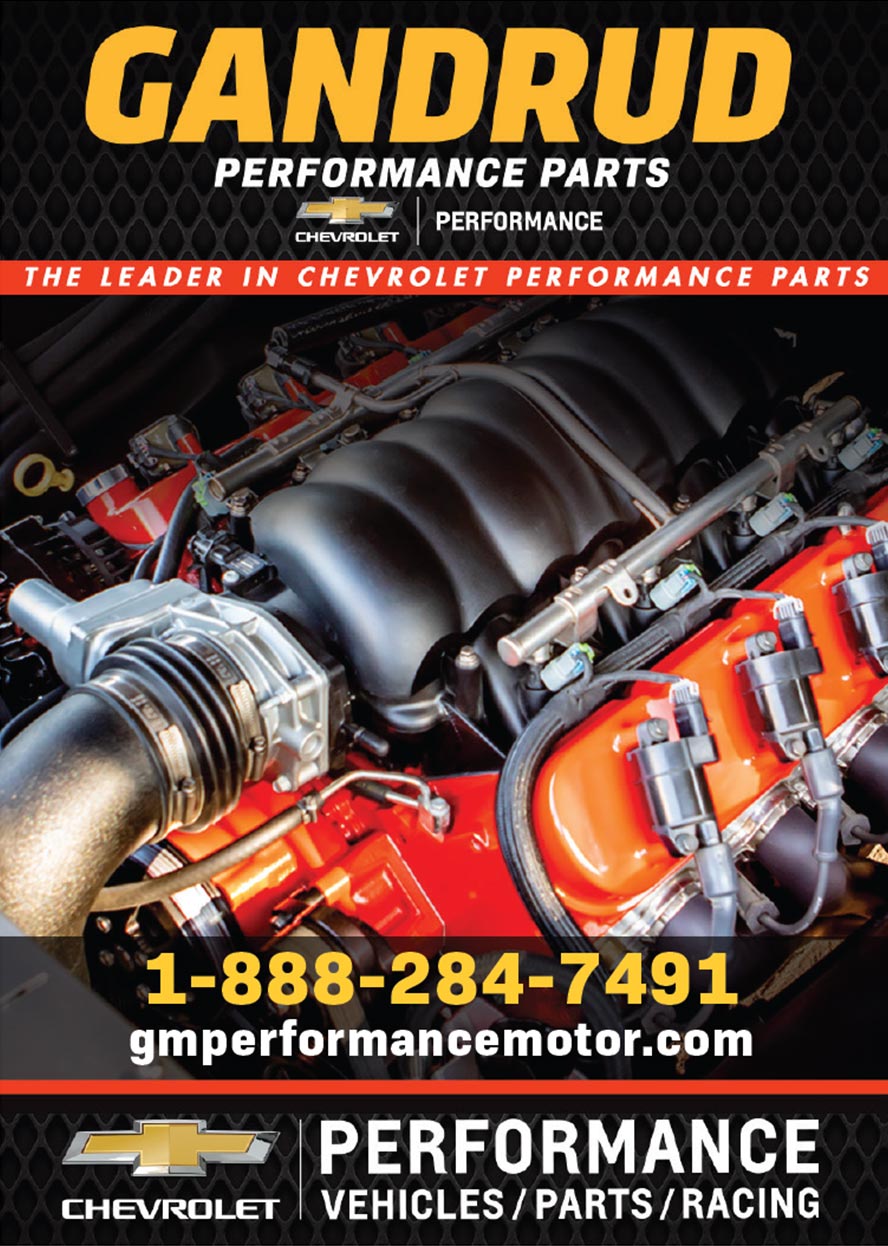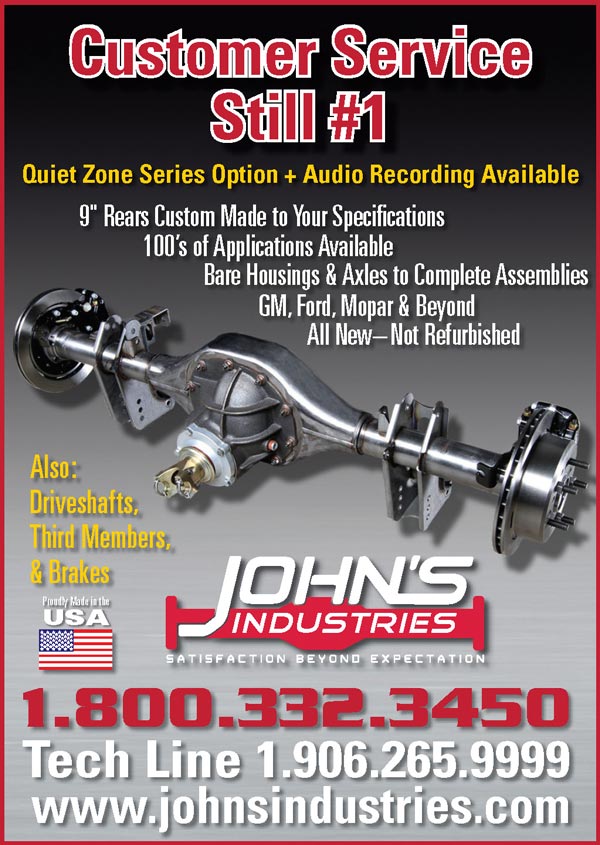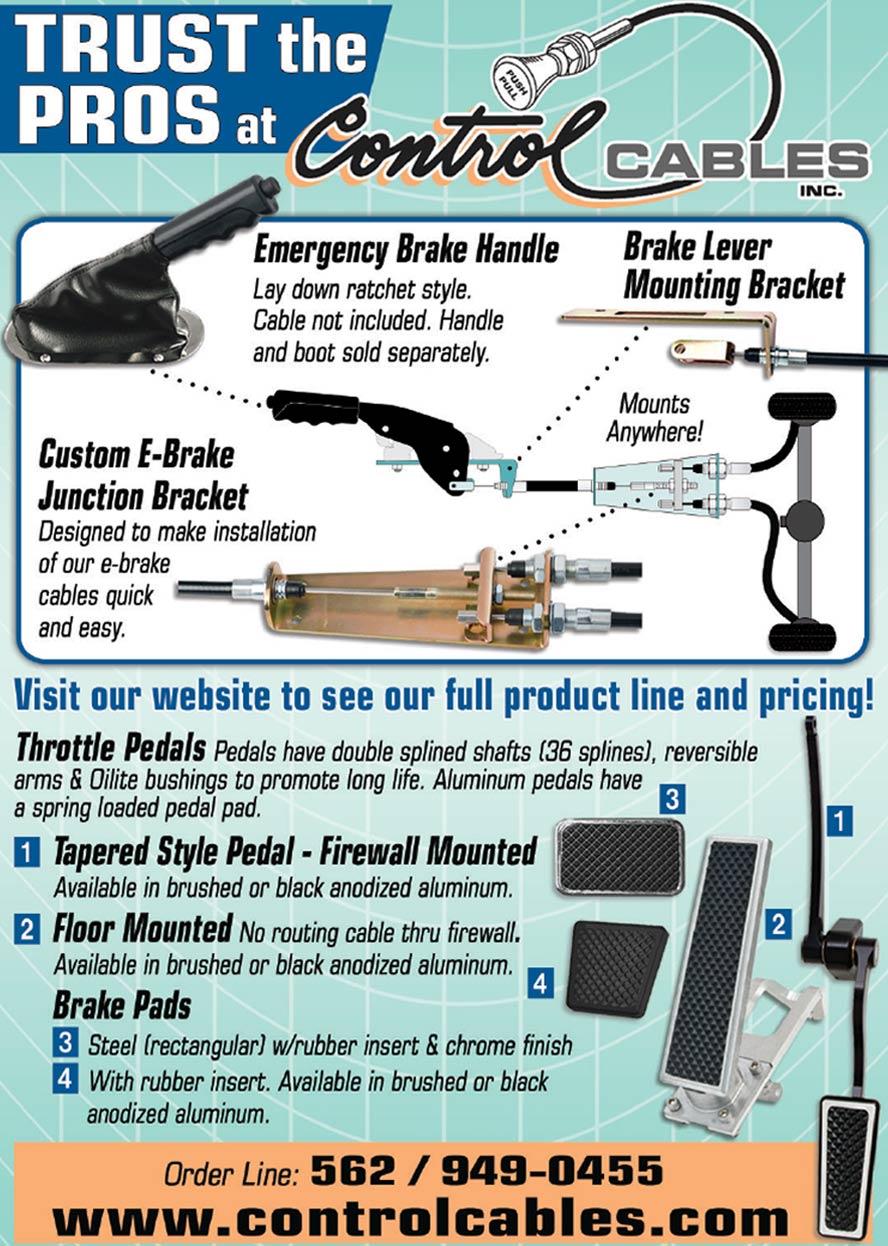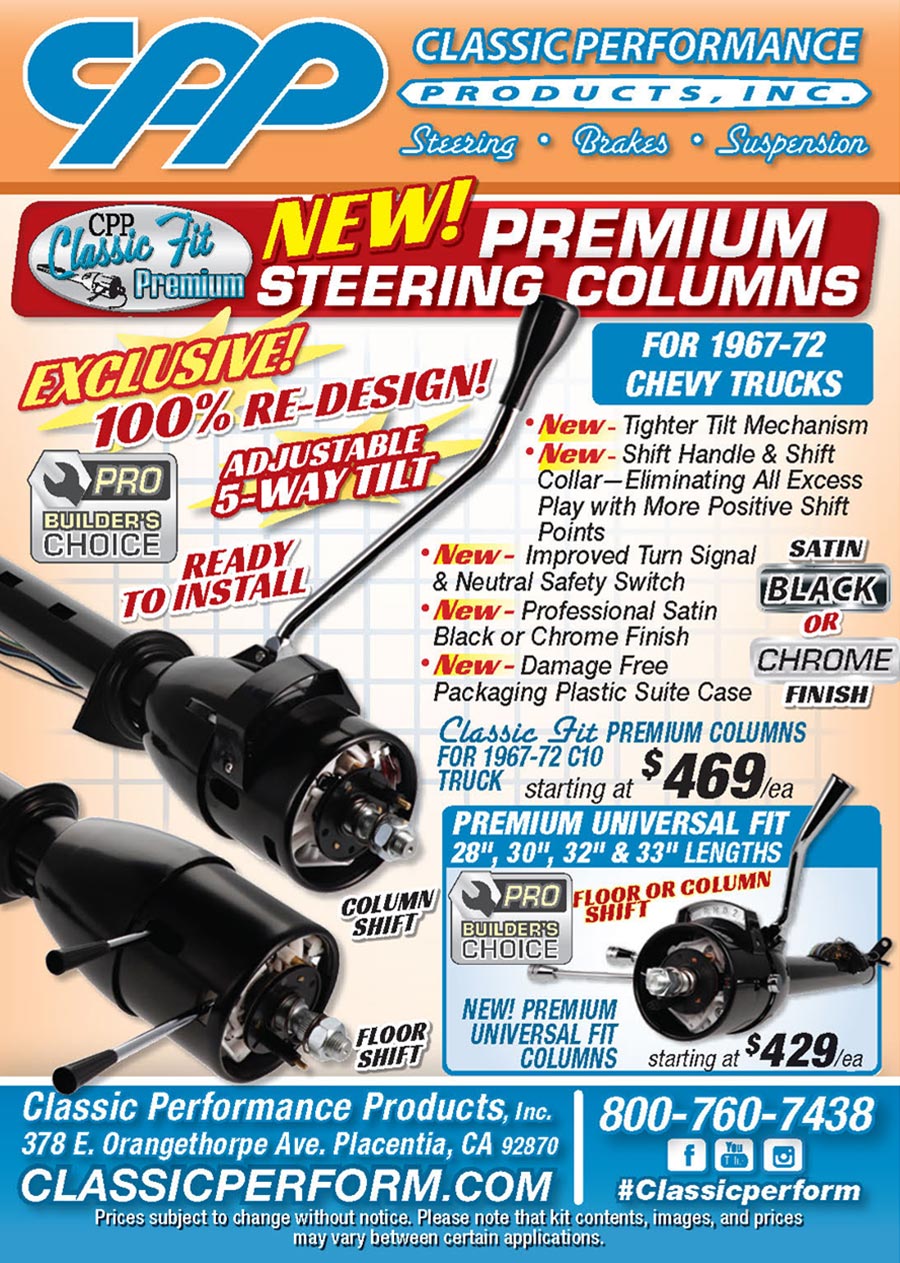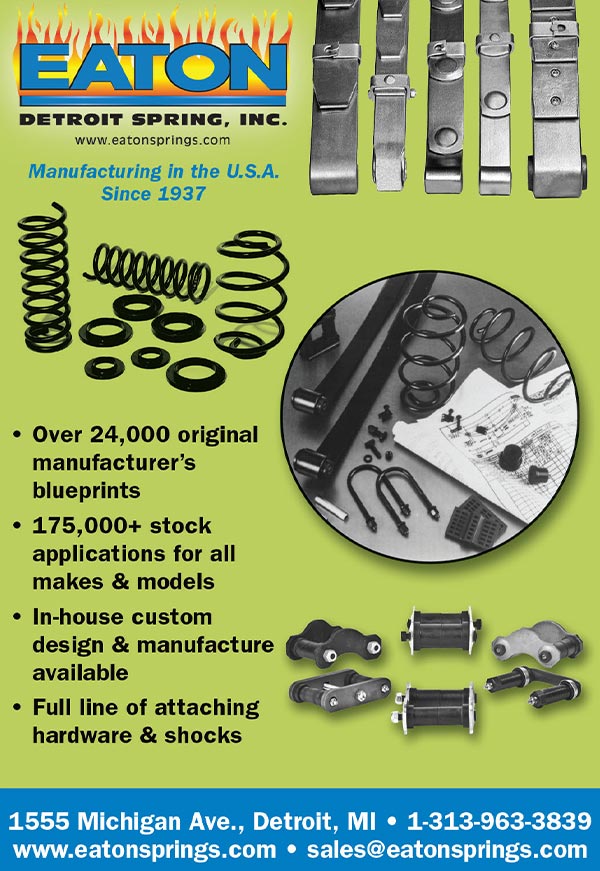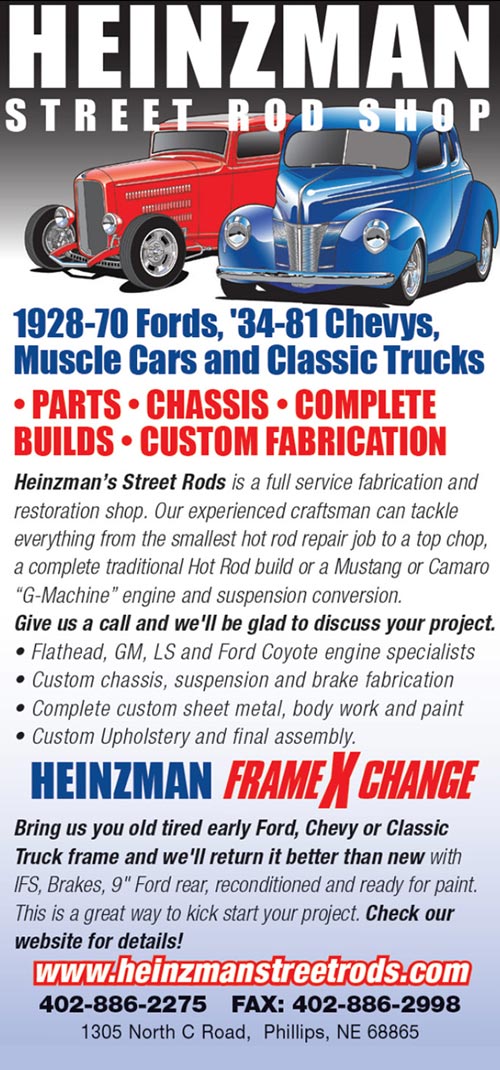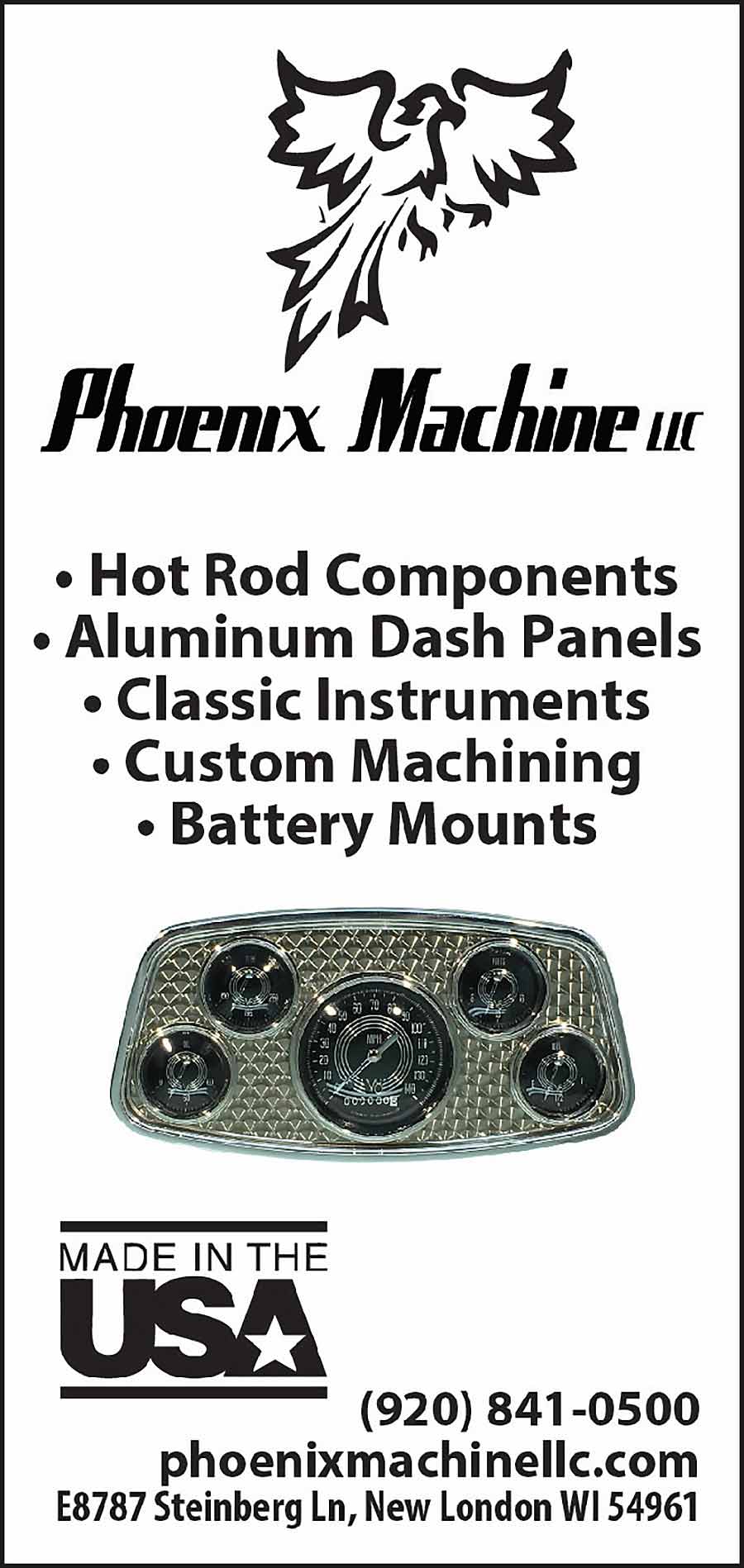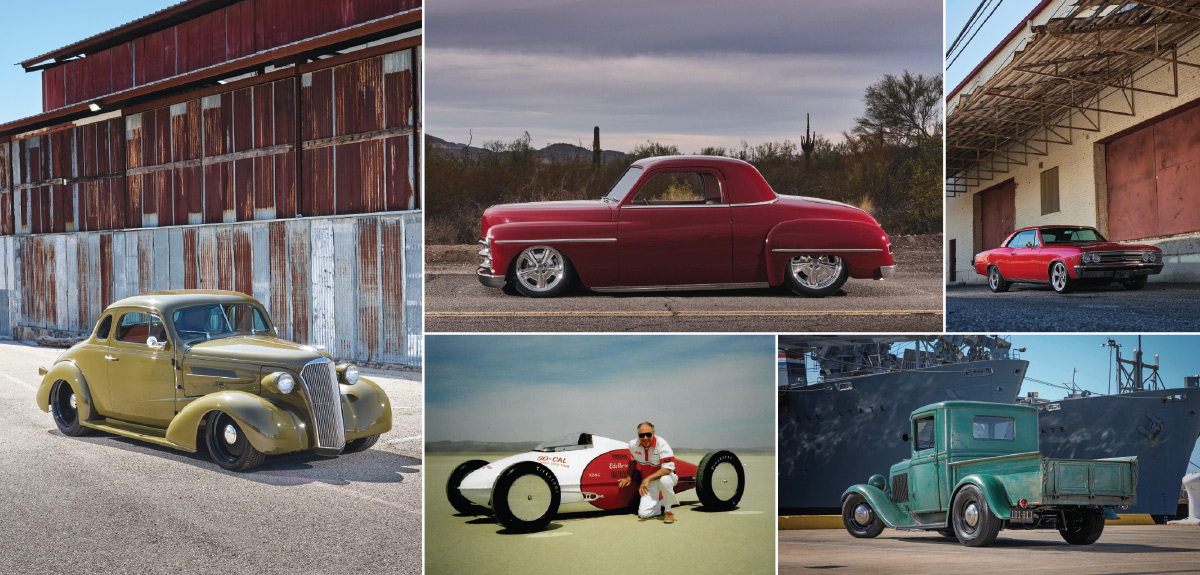
By Brian Brennan, Photography by John Jackson
By Chuck Vranas, Photography by the Author
By Brian Brennan, Photography by John Jackson
By Brian Brennan, Photography by John Jackson
By Brian Brennan, Photography by Jason Chandler
By Ron Ceridono, Photography by Lonnie Gilbertson
By Ron Ceridono, Photography by the Author
By Greg Sharp, Photography Courtesy of the Greg Sharp Collection
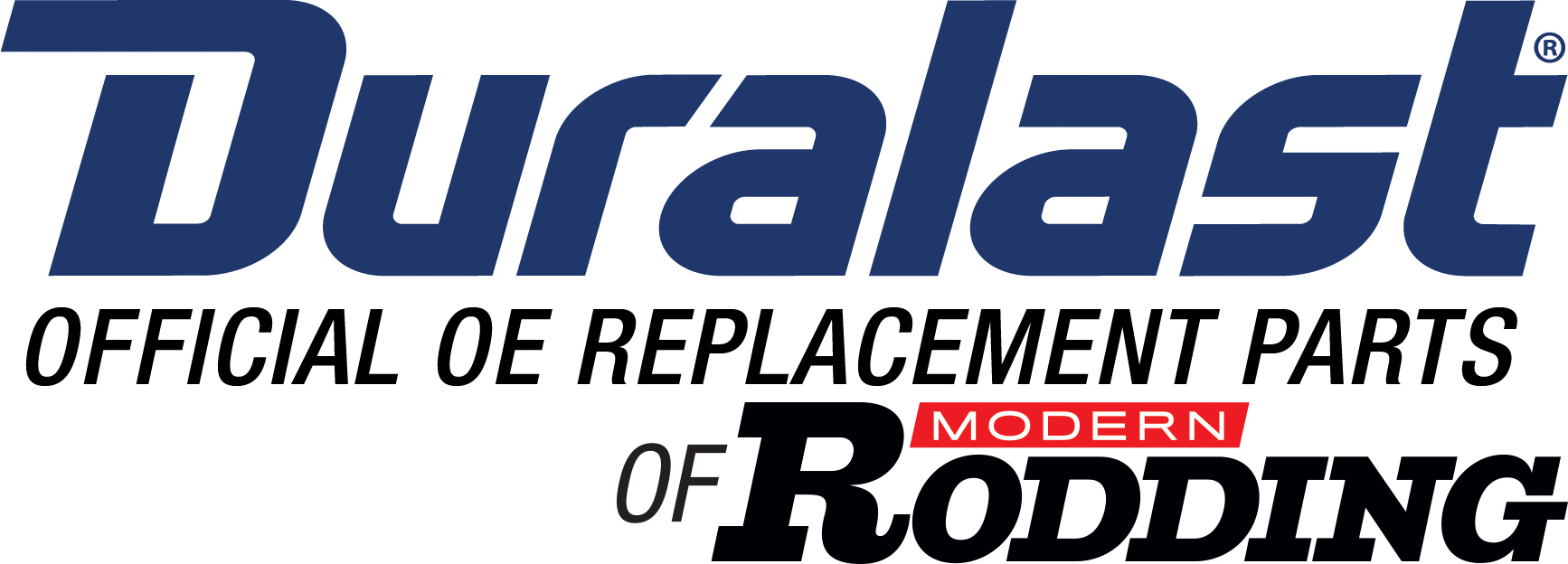

BRIAN BRENNAN
bbrennan@inthegaragemedia.com
TIM FOSS
tfoss@inthegaragemedia.com
YASMIN FAJATIN
yfajatin@inthegaragemedia.com
SARAH GONZALES
sgonzales@inthegaragemedia.com
ROB MUNOZ
Wes Allison, Rodney Bauman, Gerry Burger, Tommy Lee Byrd, Ron Ceridono, Michael Christensen, Ron Covell, Grant Cox, Dominic Damato, John Drummond, Eric Geisert, John Gilbert, Joe Greeves, Ken Gross, John Jackson, Chadly Johnson, Barry Kluczyk, Scotty Lachenauer, Ryan Manson, Josh Mishler, Dale Moreau, Todd Ryden, Jason Scudellari, Chris Shelton, Tim Sutton, Chuck Vranas, John Winter — Writers and Photographers
AllChevyPerformance.com
ClassicTruckPerformance.com
ModernRodding.com
InTheGarageMedia.com
Mark Dewey National Sales Manager
Patrick Walsh Sales Representative
Travis Weeks Sales Representative
ads@inthegaragemedia.com
inthegaragemedia.com “Online Store”

Copyright (c) 2021 In The Garage Media.
Printed in the USA.
The Modern Rodding trademark is a registered trademark of In The Garage Media.
 By Brian Brennan
By Brian Brennan have always had a particular soft spot for roadsters, especially topless highboys. (Tops are for rental cars.) Hot rods can be any make, year, or model (there, that should get the drums beating) but for now that means cars/trucks well into the ’70s. But I have always thought that a true hot rod shouldn’t have a top. I should also point out that ’32s, ’33s, and ’34s are all very cool but they are “newer” cars. To me a hot rod should feature an engine swap, a modified chassis, and be sans top. To me an early hot rod revolves around the Model A on Deuce ’rails with at the very minimum a Flathead but ideally a small-block Chevy. In this day and age something from the ’70s is 40-plus years old and should also be shown the respect afforded any earlier hot rod—but that’s an editorial for a later date.
I was wandering through Facebook one night, attempting to overcome boredom, when I came across the musings of one Glenn Roy. He managed to capture nearly 30 bits of wit and wisdom of why we roadster drivers drive what we drive. So, I thought I would “borrow” some and share with the Modern Rodding crowd. See if these don’t bring a smile to your face, remind you of a joyful trip, and give you a chuckle. Of course, the rest of you will want to park your closed car and get yourself into an open highboy. He ends his piece with the comment: “Add your own here.” So that’s where I will begin and then stream into his musings.
The first thing I learned about highboy roadsters is that you can get cracks on the inside of your windshield and, simultaneously, you can also get pelted in the back of your head. (You need to own one to fully understand.)
 By Brian Brennan
By Brian Brennan 
 Mick’s Paint Grows
Mick’s Paint GrowsLocated in Southern California (if you remember the location of SO-CAL Speed Shop you know where Mick’s Paint is located) and one of the leading, award-winning fabrication and body and paint shops, owner Mick Jenkins has expanded his business. The team has grown, square footage has increased, and the latest in refinishing technology is added.
Mick’s Paint, the foundation of the business, will continue to fabricate, build, and paint customs, hot rods, muscle cars, and race cars to the highest level. Mick’s has won three prestigious America’s Most Beautiful Roadster awards and will continue that work. “We have numerous projects in the works,” Jenkins says. “Everything from Geoff Stilwell’s record-setting land speed race car that was built entirely at Mick’s to projects for individuals, as well as shop’s such as Troy Ladd’s Hollywood Hot Rods and Steve Strope’s Pure Vision Design.”

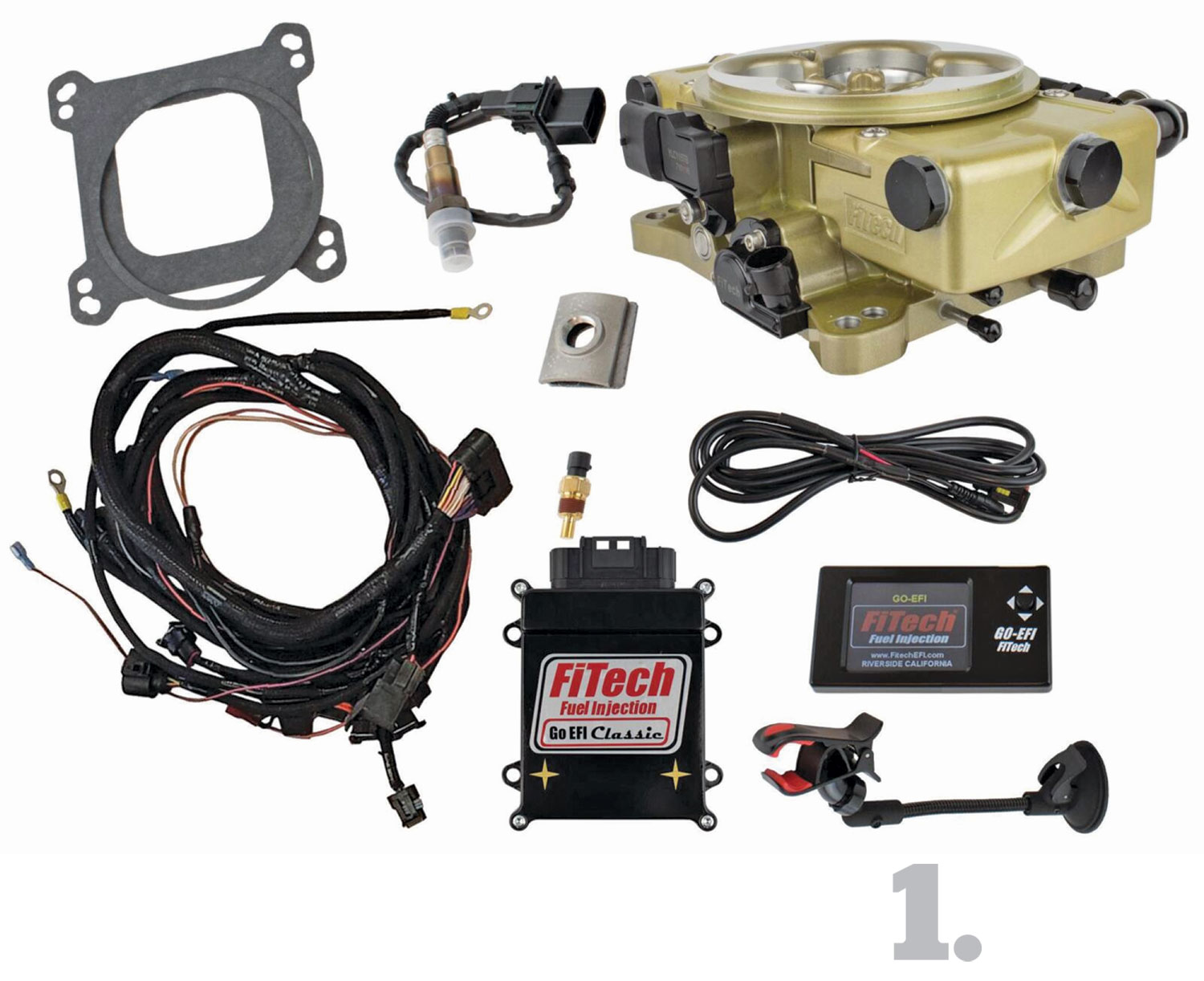

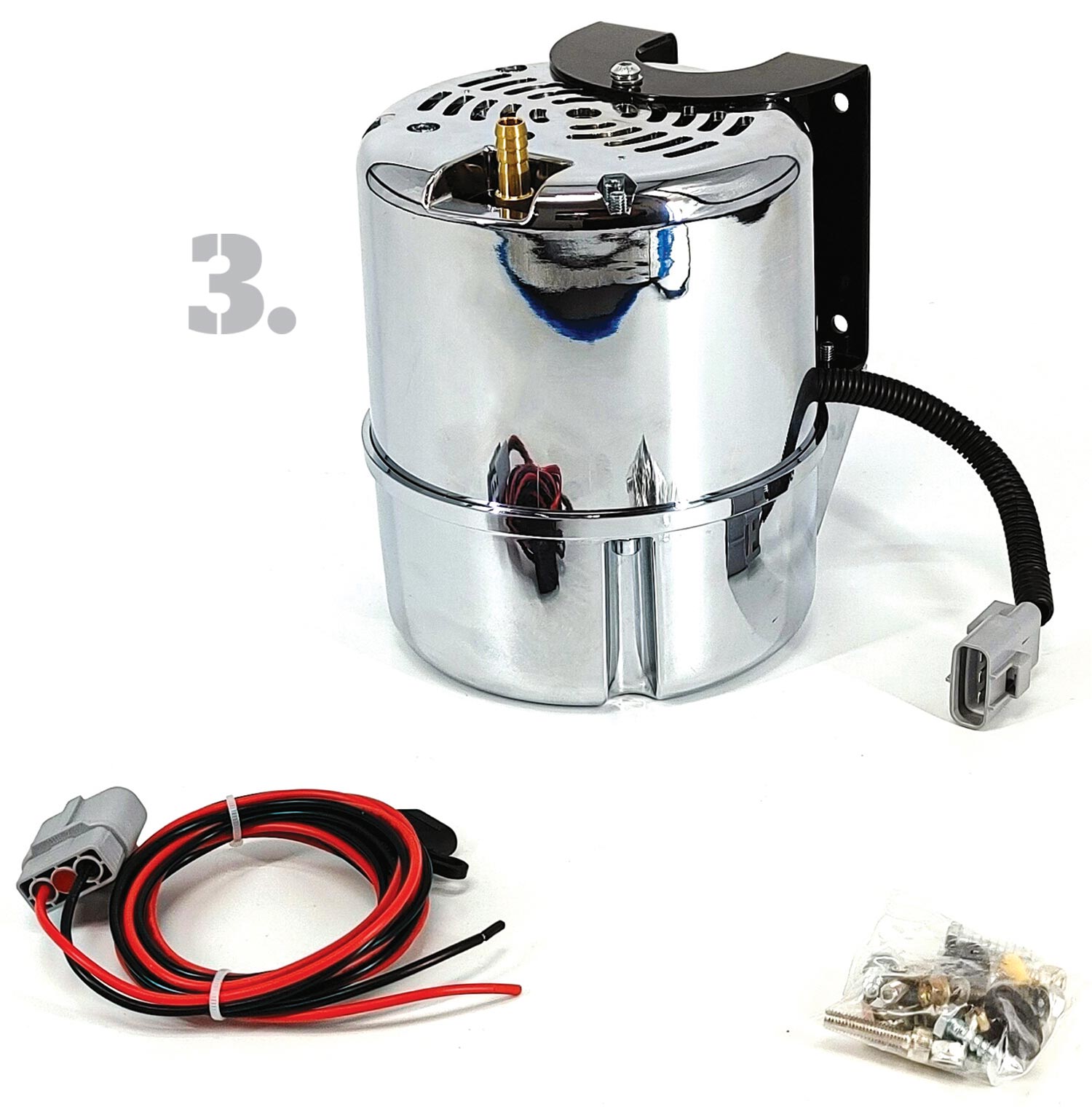
The FiTech system will support up to 650 hp; is designed for use with a distributor, factory throttle linkage, and most four-barrel manifolds; high-flow aluminum throttle body with 45mm-diameter venturis to increase airflow; integrated ignition timing control and coil driver; Bosch LSU 4.2 wideband oxygen sensor for real-time fuel mapping; high-resolution, full-color touch screen for setup, tuning, and gauge display; dual bolt pattern to fit both the spread bore and 4150 square bore flange; MAP, TPS, IAT sensors, and IAC motor integrated into the throttle body.
The 12V vacuum pump kit comes with a rotary vein-style pump with enlarged diaphragm, an ABS plastic housing (in four available finishes), a 5-foot length of 3/8-inch high-grade vacuum hose, a wiring harness kit with fuse for “plug-and-play” installation, and mounting hardware kit with hose clamps and rubber isolation bushings preinstalled.


 Photography by John Jackson
Photography by John Jackson’50 Plymouth business coupe may not be the genesis of buildable hot rod material for most of us but it is for Brian Baker of Ohio. Turns out this business coupe was in his family (Uncle Robert “Bob” Burke) as far back as the ’60s when its driving days were cut short thanks to a stake bed truck using the coupe as a bumpstop. It would be repaired but not immediately.
As it turns out Brian is no stranger to having built all makes and years of hot rods. Some of his builds have made it to the highest levels, with his ’29 Ford sports coupe appearing on the Feb. ’92 cover of Rod & Custom and a ’55 Chevy that was a finalist for Goodguys Custom Rod and Street Machine of the Year in 2006—the same year the car also made it to the Ridler competition. Additionally, both the ’29 Ford and the ’55 Chevy were invited to and showed at the Grand National Roadster Show. Brian learned his building skills the old fashion way–by starting at the ripe old age of 14 and helping his dad with his restorations that covered many a car.
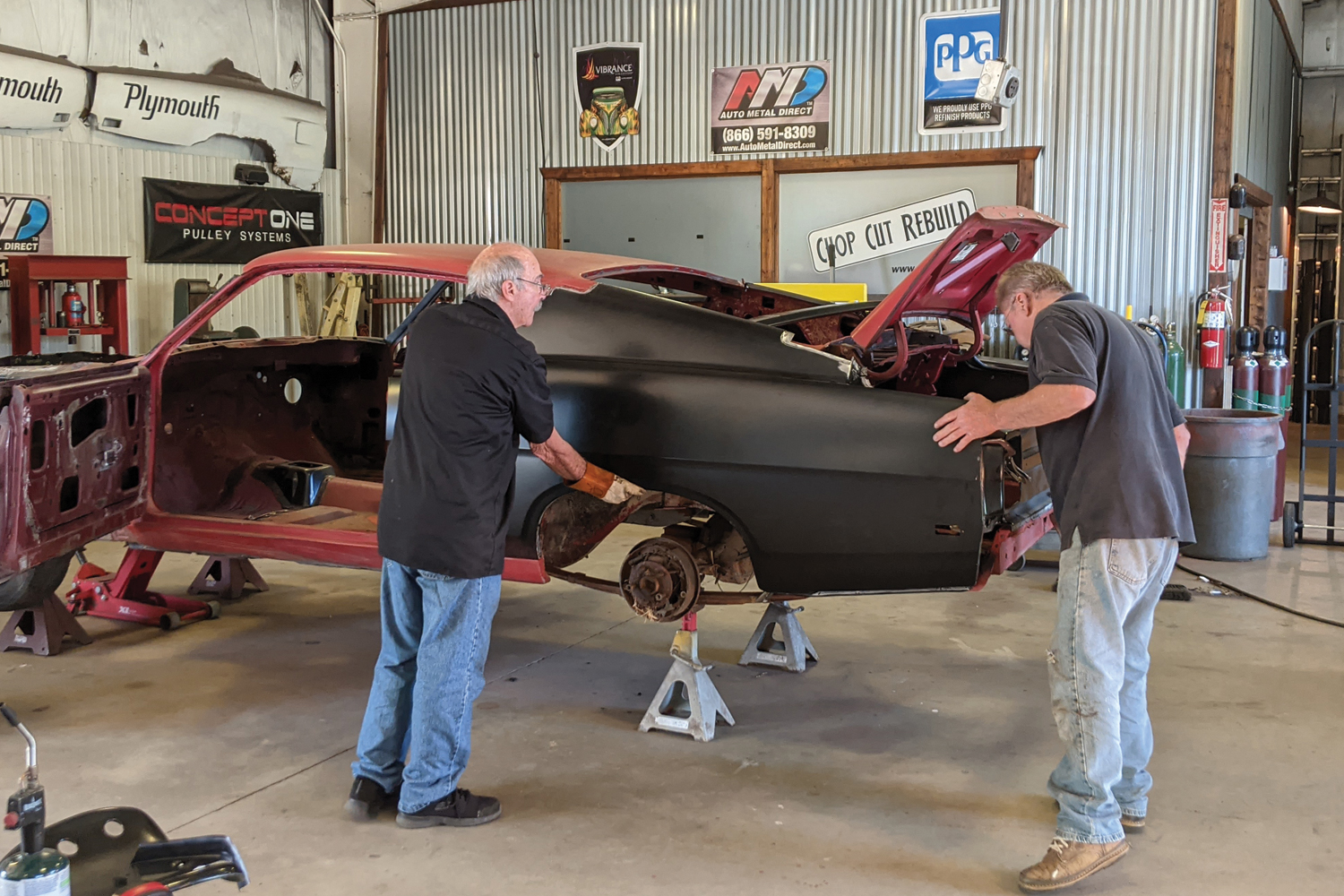
 Photography by The Author
Photography by The Authore’re back! Our ’69 Ford Torino Fastback Q-code continues to have its “skin” refurbished. This time we take a look at the wheelhouse and trunk floor extension. It should be noted that while we are working on a ’69 Ford Torino Fastback the parts and the work required will be the same for ’66-’69 Ford Fairlanes and Torinos and other years and models … but more on that later.
We find ourselves once again back at The Installation Center (TIC) in Cleveland, Georgia, watching Craig Hopkins continue the resurrection of our Torino while using Auto Metal Direct (AMD) sheetmetal. In the past two articles we have looked at replacing entire rear quarter-panels and the core support. Both of those projects required a good bit of effort and expertise. This time we are looking at patch panels; it’s been our experience this is something virtually any rodder who has dabbled in sheetmetal work has done some patch panel work.


 Photography by THE AUTHOR
Photography by THE AUTHORnspiration is something that has driven creativity in hot rodders for decades. Regardless of whether it was an experience on the showroom floor of a car dealership, an adrenalin rush felt at the dragstrip while consumed by the scent of nitro, or watching a local hop-up pull into a cruise night, it’s easy to see that influences can make themselves known in many different ways. For Gary Corkell, owner of One-Off Rod & Custom in Middletown, Delaware, it was a trip to the Grand National Roadster Show in 2018 that got his gears turning. Seeing Brookville Roadster showcase an exclusive, limited-production body designed by Chip Foose was all it took. The truly unique, handcrafted ’32 Phanton body captured the graceful lines of Ford’s original four-door phaeton body in a fresh-looking two-door configuration, limited to 32 units being built. (Did you know that a “phaeton” is an open automobile without any fixed weather protection; meaning no glass side windows!)
InTheGarageMedia.com

1. From the outside Lonnie Gilbertson’s RareVair retains the flavor of the ’65 Corvair Corsa’s styling. The sheetmetal modifications that were made are subtle, under the sheetmetal the changes are anything but.
1. From the outside Lonnie Gilbertson’s RareVair retains the flavor of the ’65 Corvair Corsa’s styling. The sheetmetal modifications that were made are subtle, under the sheetmetal the changes are anything but.

Part 2: The Corvair Chevrolet Didn’t Build—But Should’ve
By Ron Ceridono Photography by Lonnie Gilbertson
Photography by Lonnie Gilbertson
onnie Gilbertson has built race cars and hot rods of every description, as well as a two-time America’s Most Beautiful Roadster trophy winner. But with Gilbertson there’s always one more car to build, and as unlikely as it may seem, this time around it’s a Chevrolet Corvair. He had always liked the ’65-’69 body style, so when a suitable ’65 example was found Gilbertson decided to build the ultimate Corvair, the “RareVair.” Had Chevrolet done this it would surely have rendered Ralph Nader, the author of Unsafe At Any Speed, catatonic.
In the Sept. ’21 issue of Modern Rodding, we revealed the mechanical transformation that Gilbertson’s Corsa coupe went through. The stock front suspension was replaced by a Fatman Fabrications bolt-in unit with Baer disc brakes and QA1 coilovers used front and rear. Of course two of the most noticeable changes are the Corvette 6.2 LS3 where the rear seat should be and the Turbo Porsche transaxle between the rear wheels.
As the Corvair’s original horizontally opposed, six-cylinder engine was air cooled, one of the many challenges Gilbertson faced during construction of the RareVair was mounting a radiator. That was handled by ducting air to the trunk-mounted radiator from under the front bumper and out slots cut in the hood. Coolant is delivered from and to the engine by a pair of 1-1/2 inch stainless steel tubes.
 Photography & Videography by Michael Christensen
Photography & Videography by Michael Christensen
 Photography & Videography by Michael Christensen
Photography & Videography by Michael Christensen
ftentimes, “it’s the backstory that makes a hot rod interesting.” And while this is truly the case with Mary Lou Whitcomb’s ’32 Ford pickup, it’s but one of two stories that makes this pickem-up really fascinating.
Mary Lou grew up in Wyoming and as such had a fascination with the pickups that ranchers would use all day and then wash and take to town on the weekends. But in her case she wanted there to be a twist. Her husband gladly obliged, coming up with a potent small-block Chevy to be nestled into a modern hot rod chassis. Next, Mary Lou called Mike Moal of Moal Coachbuilders to put all of this together, which is where the second backstory comes about.
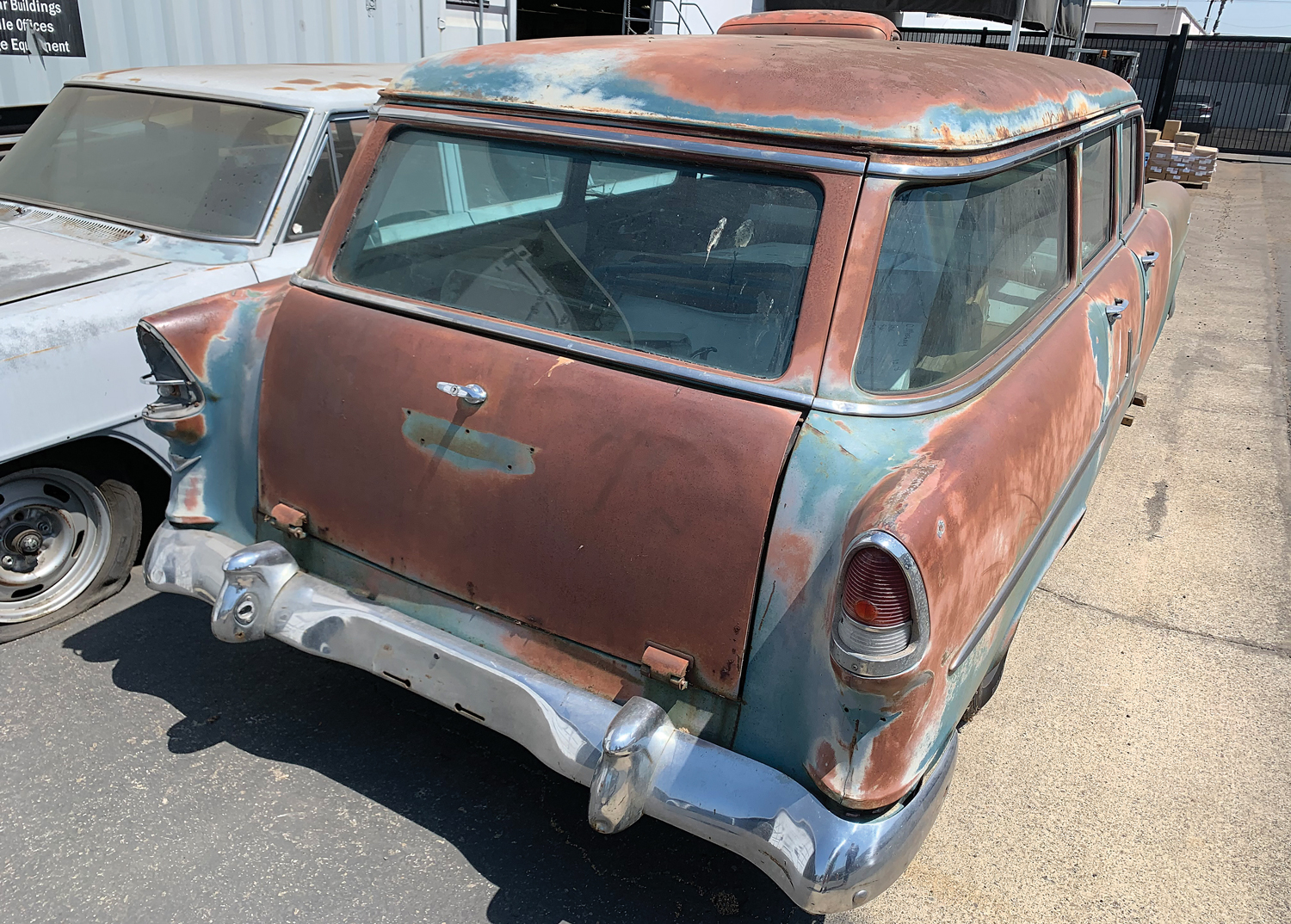
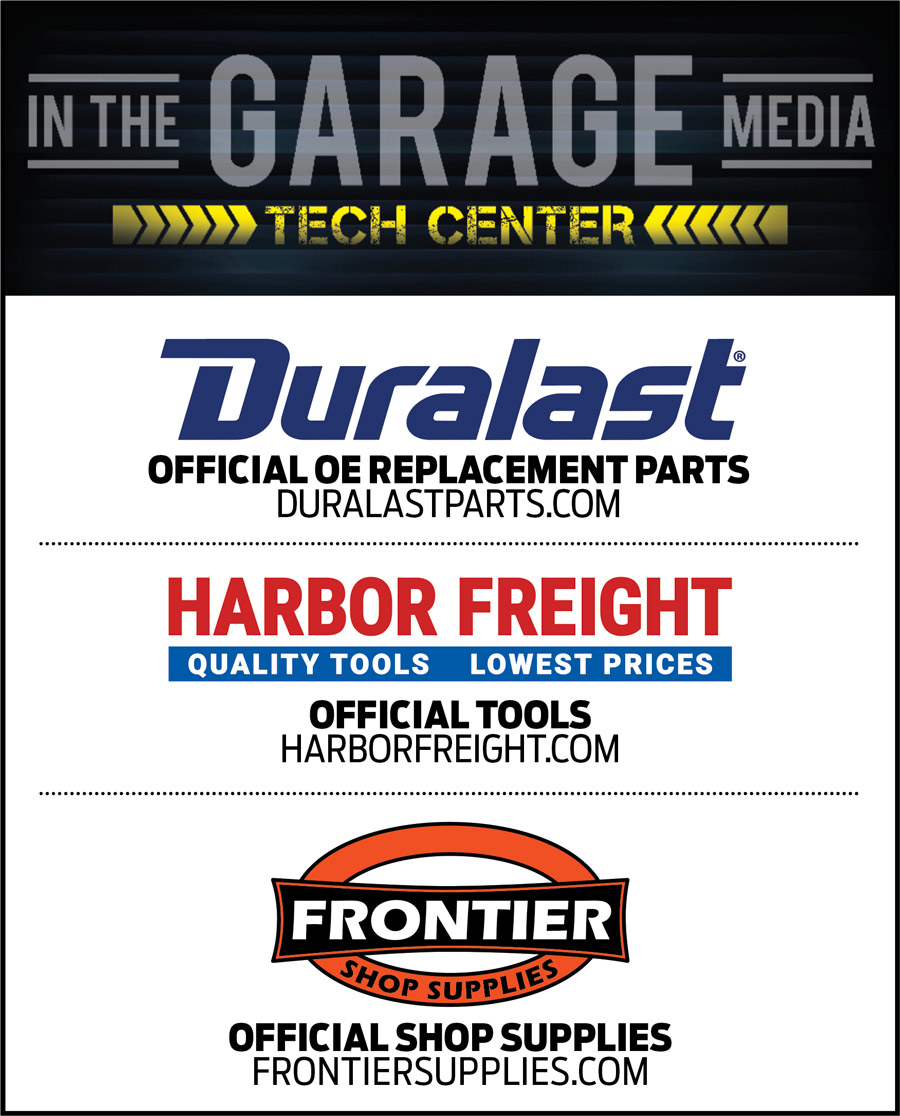
 Photography by The Author Videography by Ryan Foss Productions
Photography by The Author Videography by Ryan Foss Productionshen the tailgate on your station wagon is old enough to collect social security it’s a good bet it’s time to repair and replace where needed. Around the Modern Rodding offices our “shop truck” is a ’55 Chevy wagon—that one, you might say, has seen better days. (Shop truck is a loose definition as it has no powertrain, hence doesn’t run, and some of the sheetmetal is more accurately represented by saying “sheetair.”) Apparently, rust is the sheetmetal of choice that we have to work with so there will be lots of patch and replacement panels in its future. Thank goodness for Golden Star Classic Auto Parts and Danchuk as each possess the parts we need. Our tech center is filled with all of the necessary tools courtesy of Harbor Freight to perform this sleight of hand, expertly handled by Jason “IJ” Scudellari, our tech center manager.
When it comes time to round up sheetmetal for a Tri-Five (and a myriad of other vintage tin) and the accompanying accessories there’s no better place to start than Golden Star Classic Auto Parts and Danchuk for a Tri-Five project. You may remember that we have already replaced a rear section of flooring as well as the tail pan in this ’55 Chevy wagon. That turned out very well so it is onto the next phase. Of course we could have started anywhere on this wagon but we opted to start in the rear and work our way forward and upward.

 Photography by John Jackson
Photography by John Jacksonhen the name of your shop is Killer Hot Rods & Customs (KHR&C), in Arlington, Texas, it’s pretty obvious that you will be building some outrageous hot rods. Distinctive appearance, loads of expertise, and an abundant amount of horsepower. Such is the case for the ’37 Chevy business coupe you see that’s owned by Rich Schwartz of New Jersey.
 Photography by The Author
Photography by The Authorhile there is much to be said in favor of contemporary engines with the latest in computer-controlled everything, it’s hard to beat the charm of an early engine. Nostalgia may be the motivation to run such a powerplant; it may be the desire for simplicity or just the urge to tap into the roots of the hobby. But whatever the reason, hot rods with vintage engines are cool, but that doesn’t mean they can’t benefit from technology.
 Photography by John Jackson
Photography by John Jackson

 Photography by John Jackson
Photography by John Jacksonow many times have you wandered the grounds of a small or even a national event and zeroed in on a car that you like but after looking you come to realize it was overdone. This happens more times than one might expect. The old adage comes to mind, “Just because you can doesn’t mean you should.” Well, I’m here to report that before you is a great example of letting the styling of decades past continue to live through with just enough of today’s influence to really make this ’67 Chevy Chevelle better!
Terry Kervin from Georgia owns this great-looking Chevelle. But for a time he just wasn’t happy with the way it performed. There were a few bugaboos that needed attention. What started out as addressing an engine oil leak in the big-block Chevy (surprise!) turned into a little more attention being paid to the build, and here lies the end result. Basically, an engine swap, some paintwork, an amazing interior, and a one-off-wheel change helped modernize the ’67 Chevy Chevelle at the capable hands of Jesse Greening of Greening Auto Company (GAC).

 Photography Courtesy of THE Greg Sharp Collection
Photography Courtesy of THE Greg Sharp Collection “We were so disappointed the streamliner was wrecked for a while we weren’t going to do anything” he recalls. “We were so saddened by what had happened at Daytona.” Dailey had been in a coma for 30 days but eventually recovered.
Of course, another streamliner could have been built but it would have been much more expensive than the original. One day Alex Xydias looked up in the rafters and saw the old belly tank body, so he decided to go belly tank racing again.
Dave DeLangton worked at the shop and was assigned to build the chassis. Despite the streamliner’s success, Alex had always been a little embarrassed that it was based on a Model T frame. DeLangton formed a new frame from 10-gauge steel bent into U-shaped ’rails. The rest followed normal hot rod practice. In front was a Model A axle with a transverse spring dampened by Hartford friction shots mounted parallel to the axle. Out back was again a Ford rearend with a Halibrand quick-change bolted directly to the frame. DeLangton was a bit of a weight freak and drilled lightening holes everywhere, including the brake backing plates. In keeping with the clean, neat image of So-Cal, most removable parts were cadmium plated; a fairly new process at the time. The tank itself was cut to allow the car to sit lower and a plexiglass canopy from a racing plane was added along with a P-38 steering yoke. War surplus was still very much a part of hot rodding.
View Index
View Index



